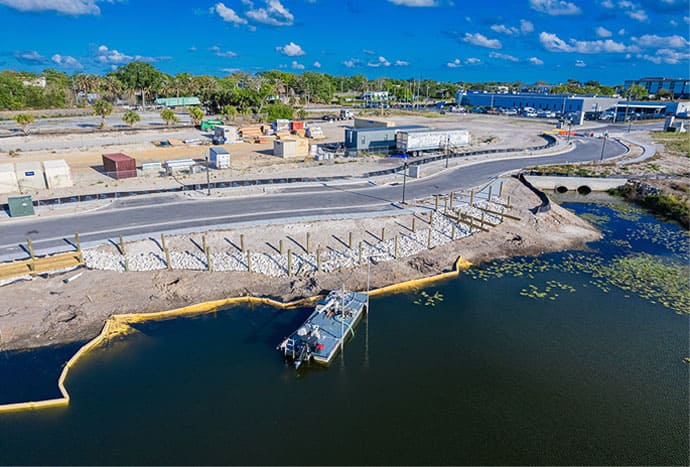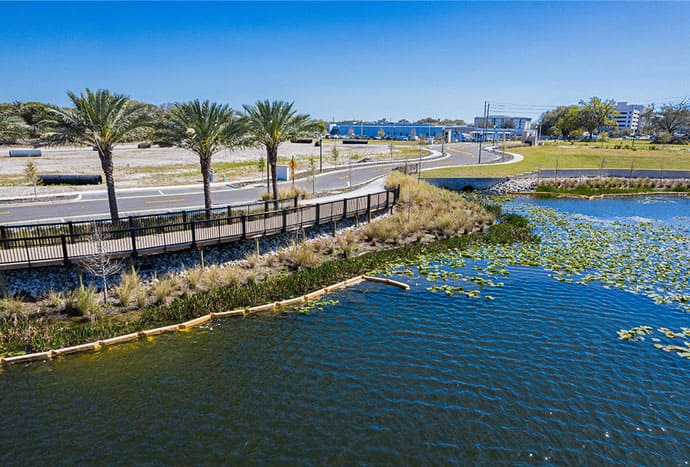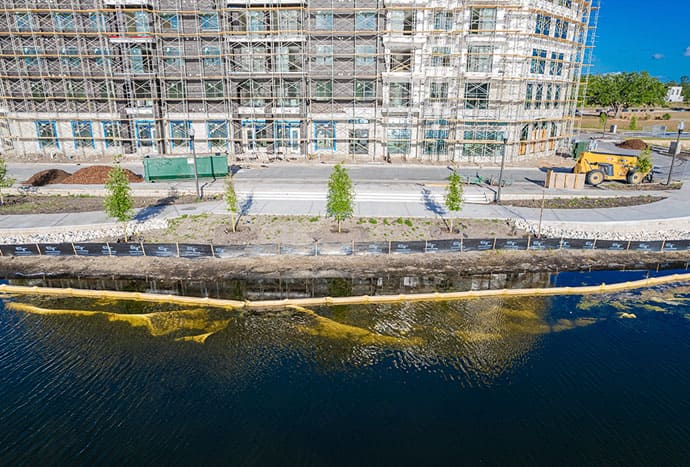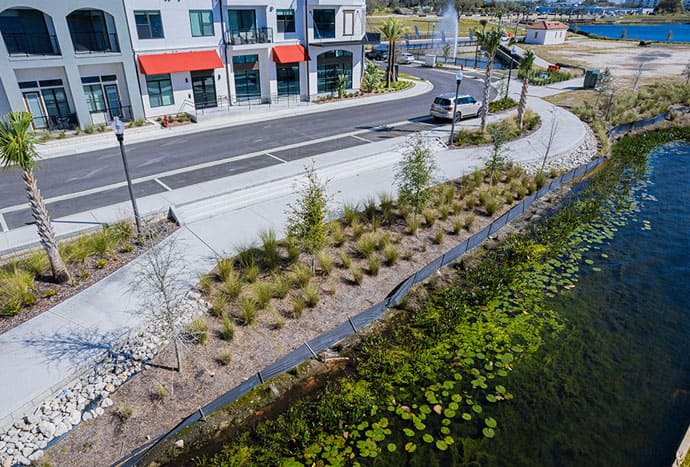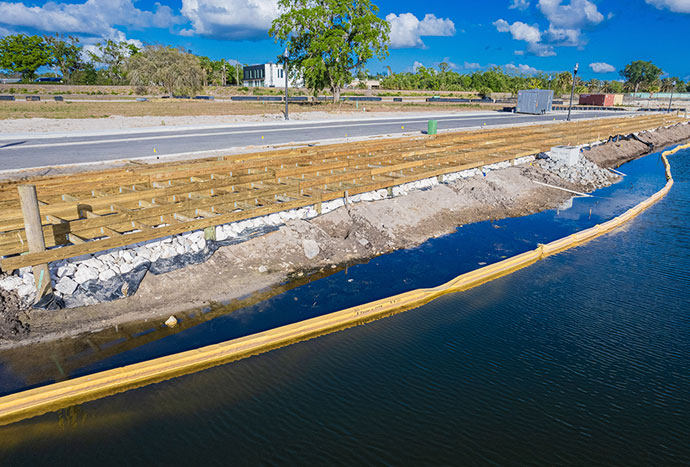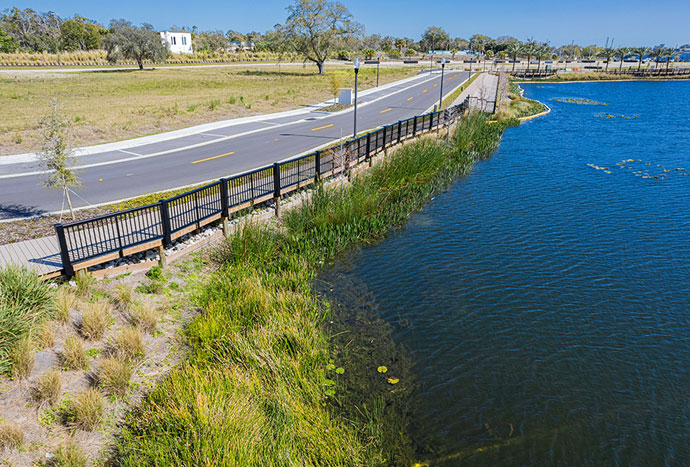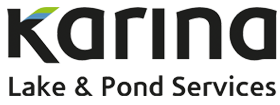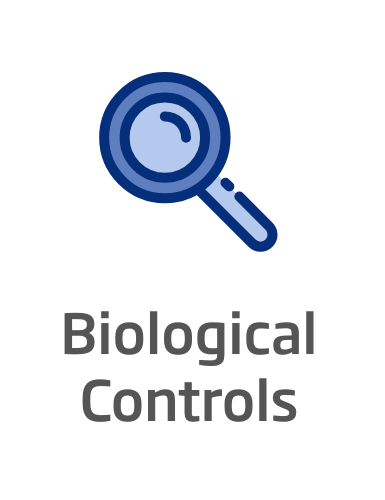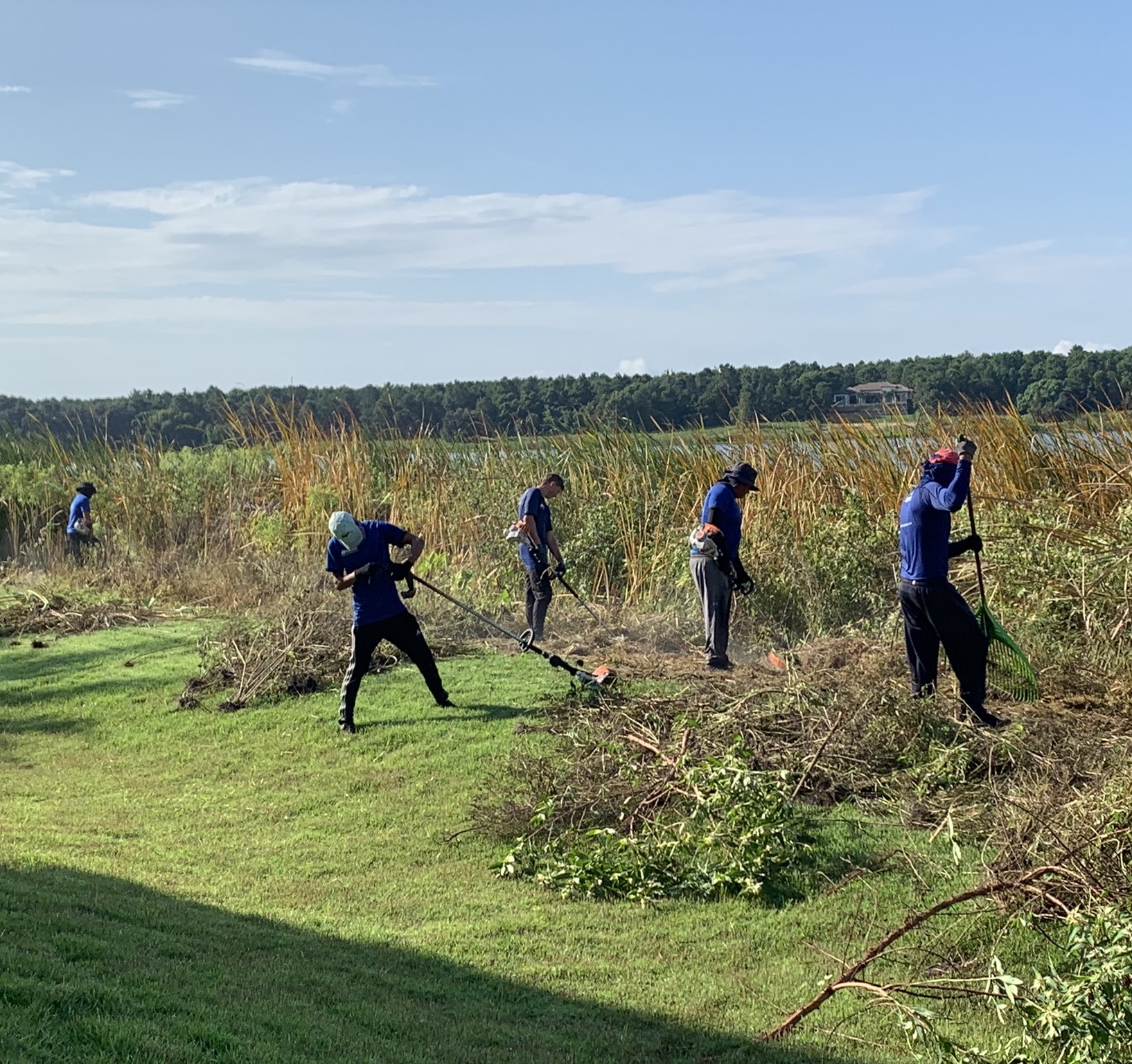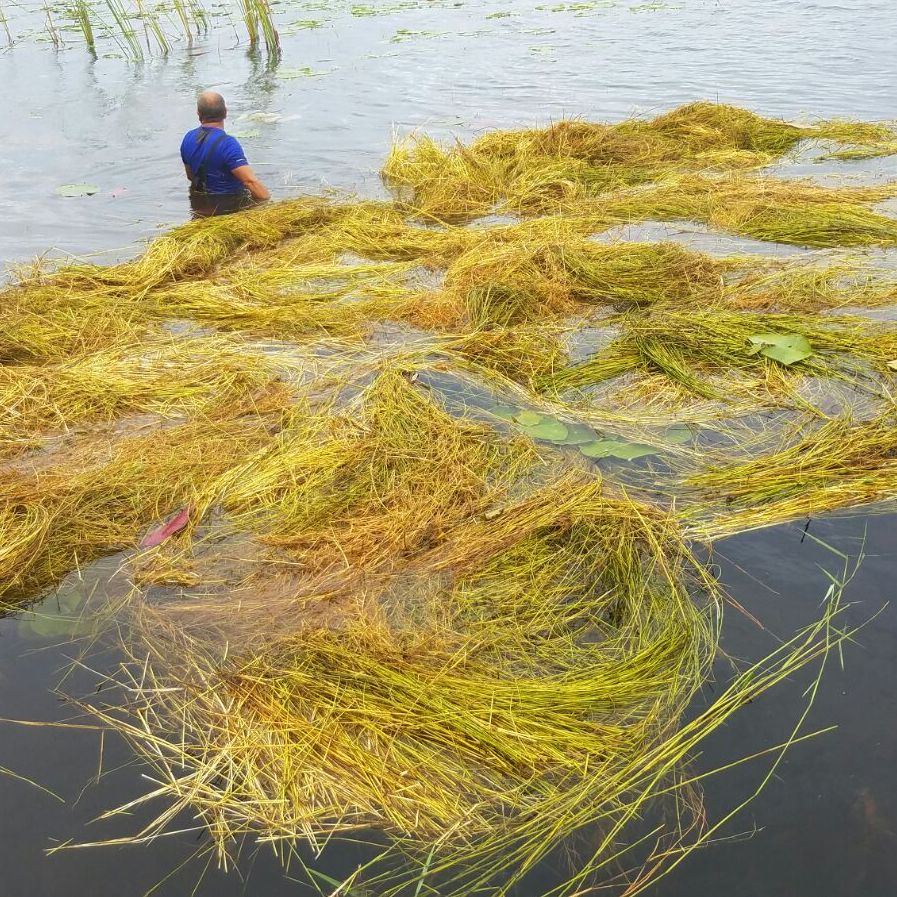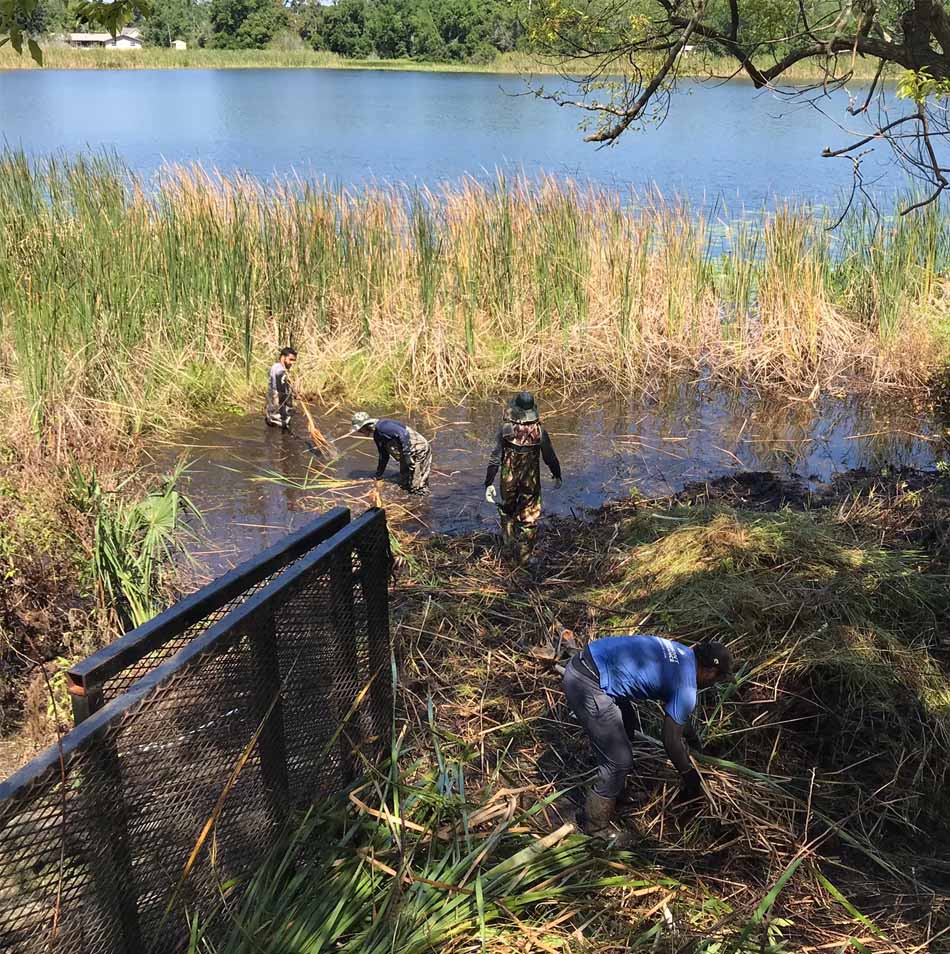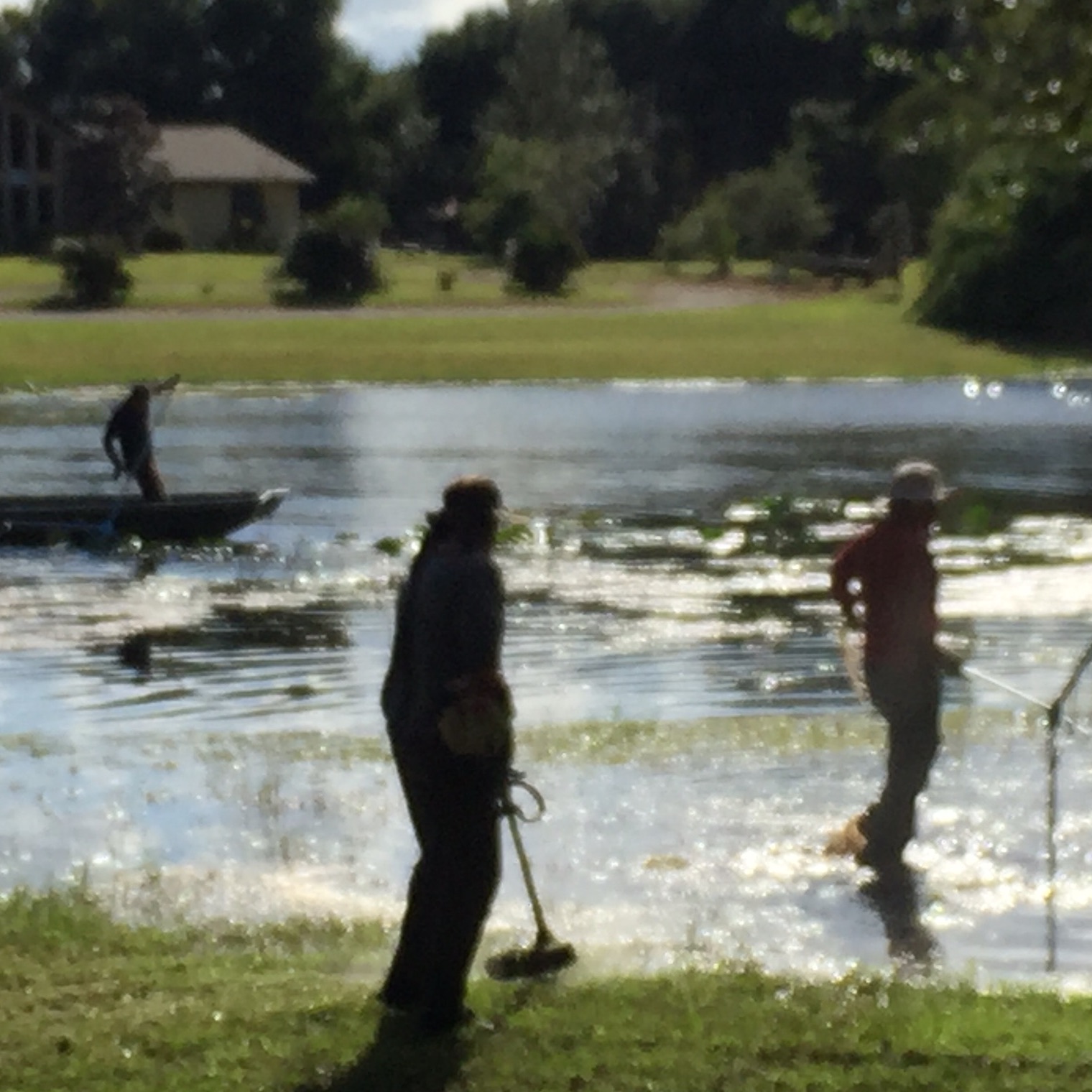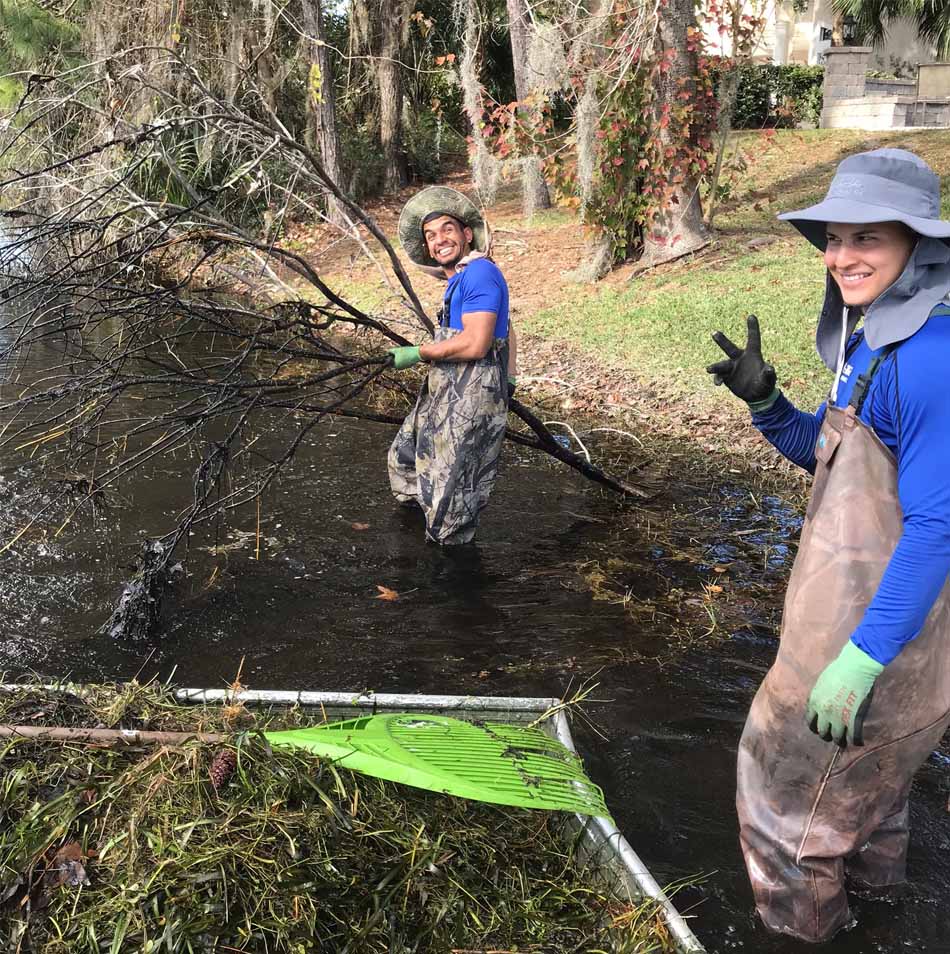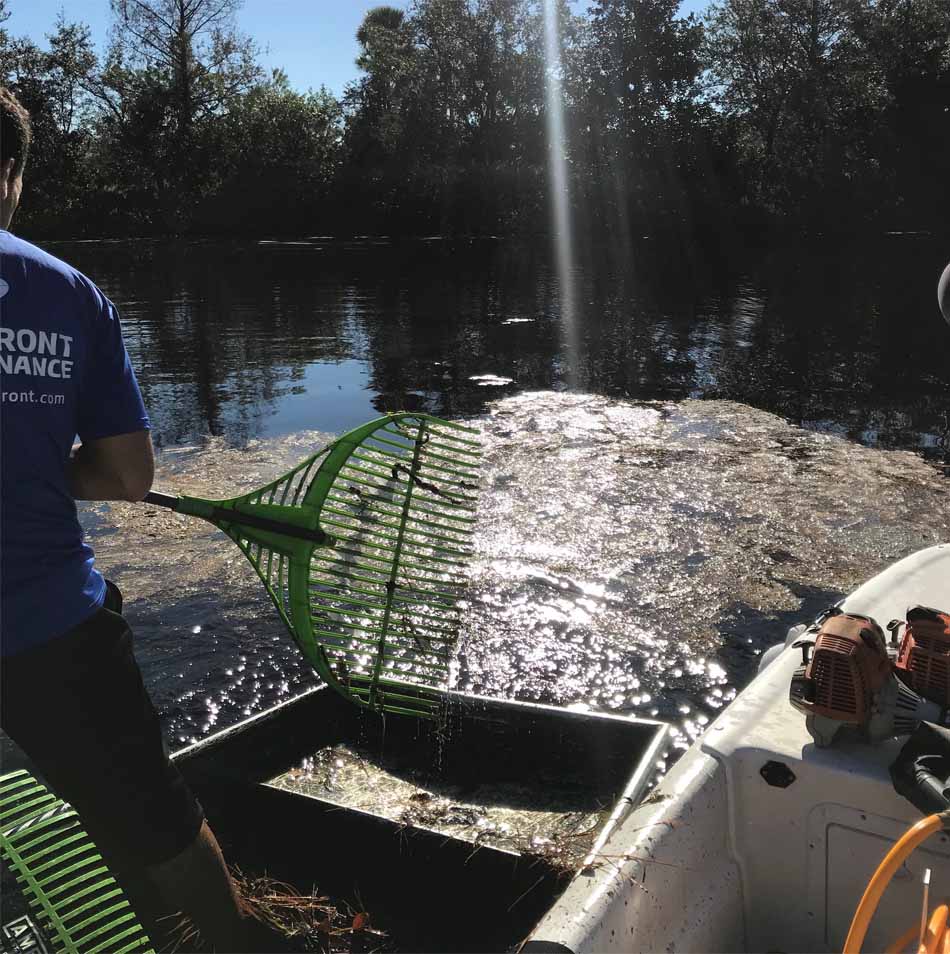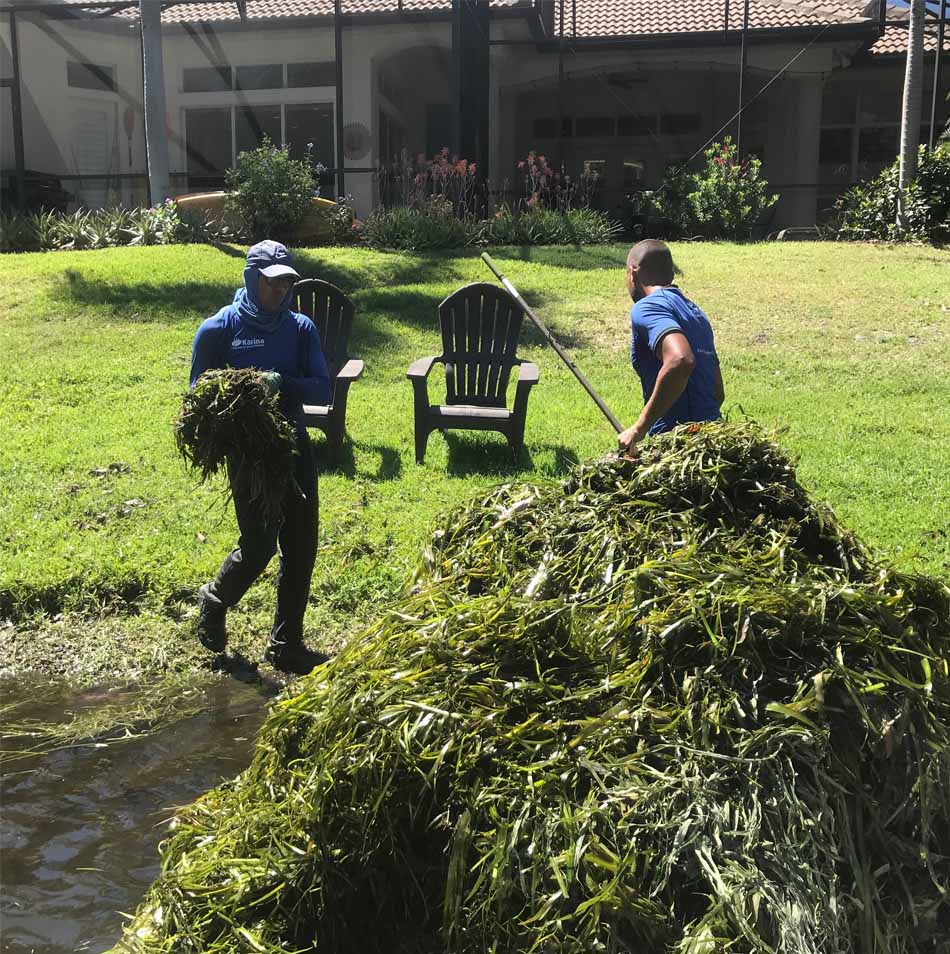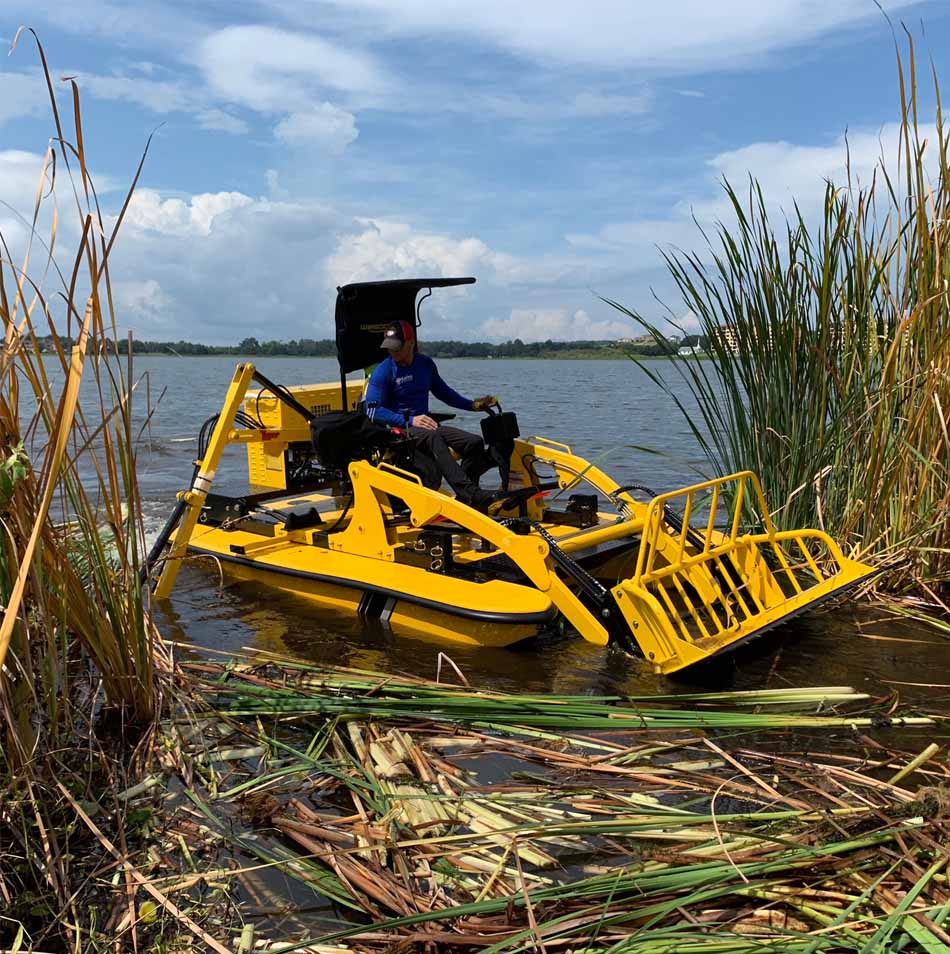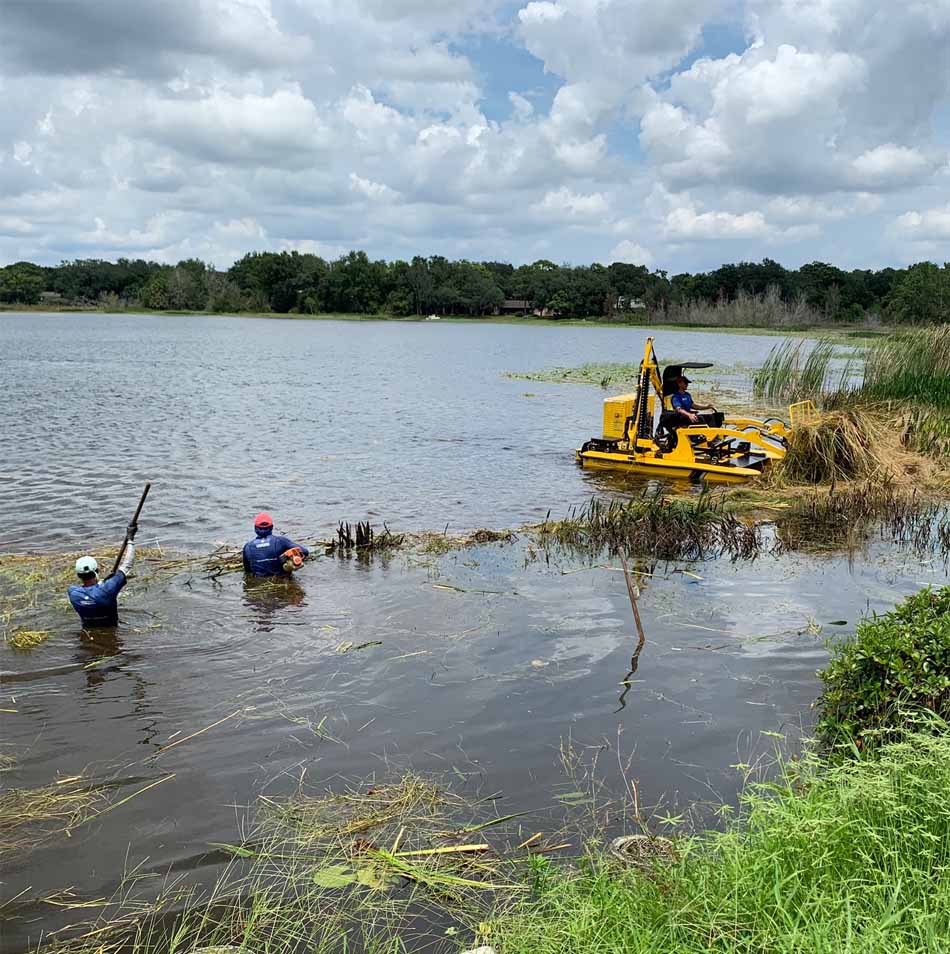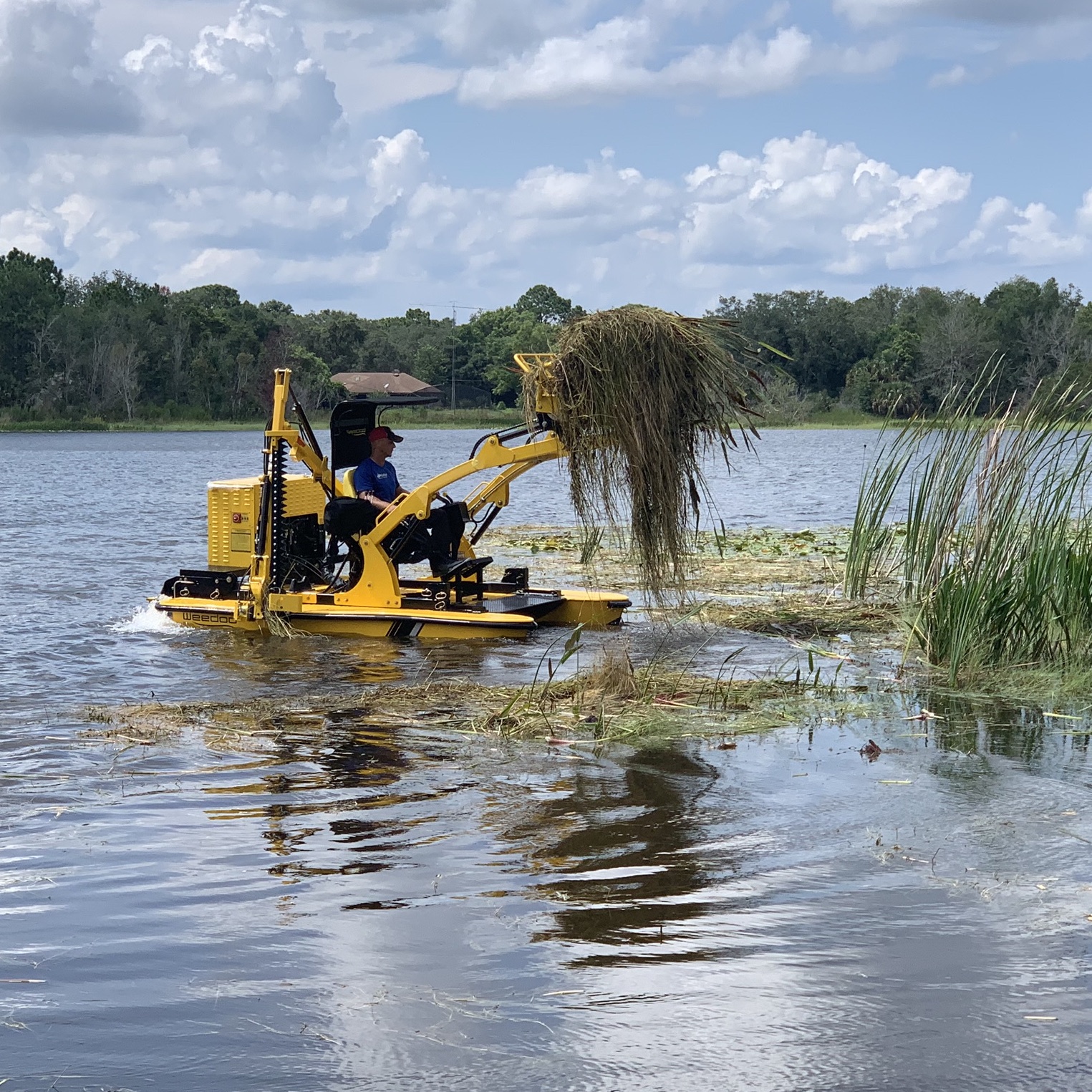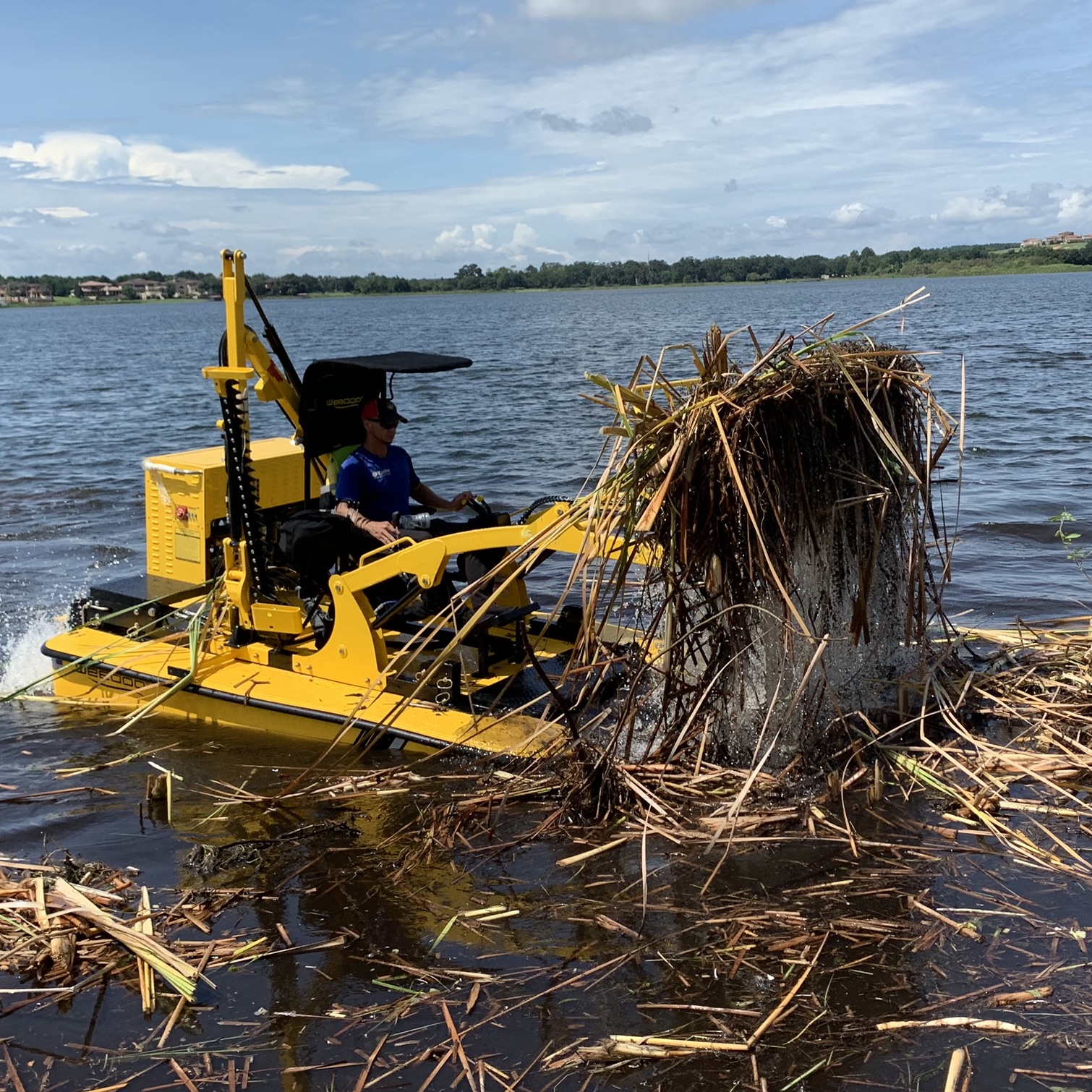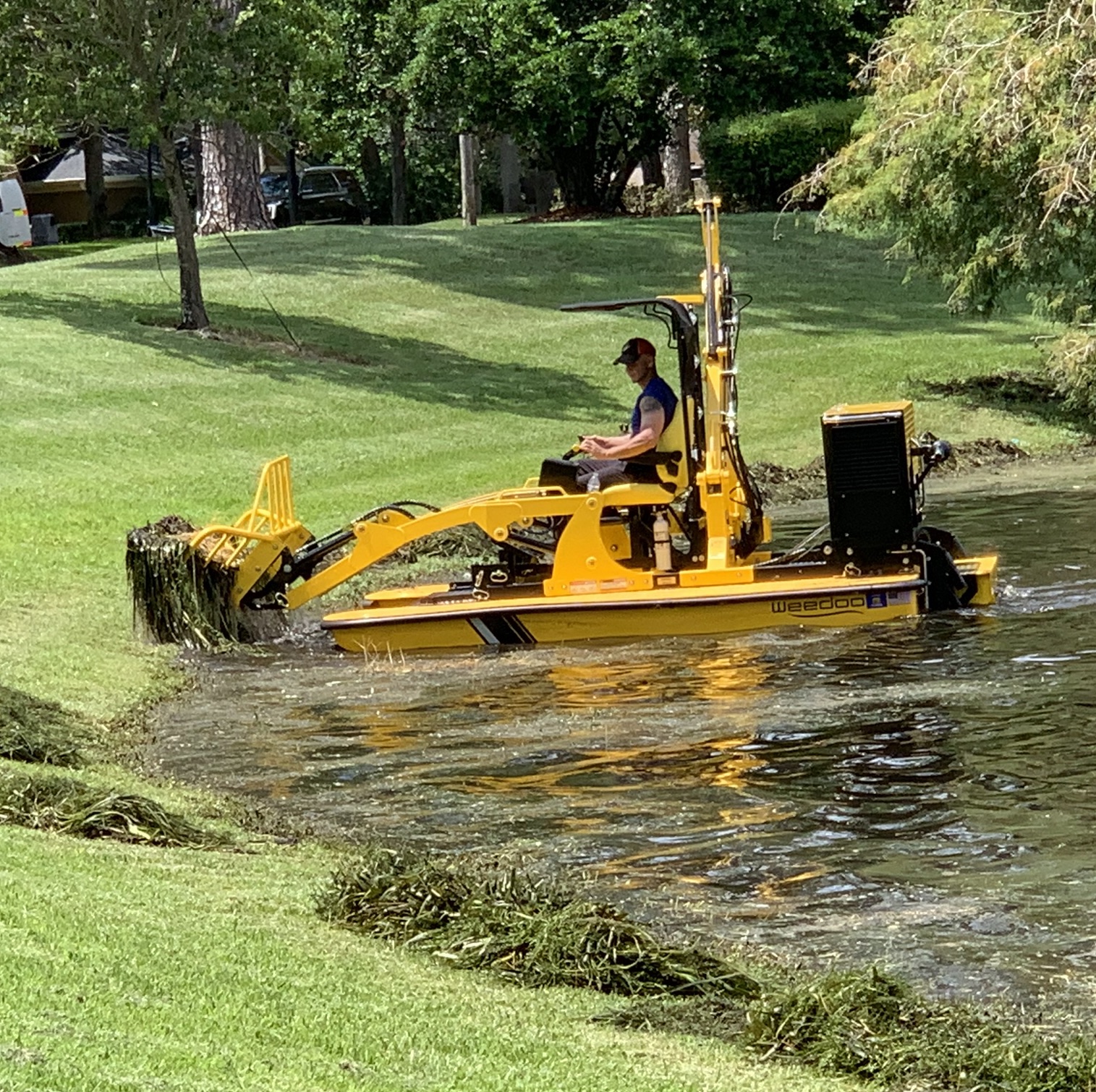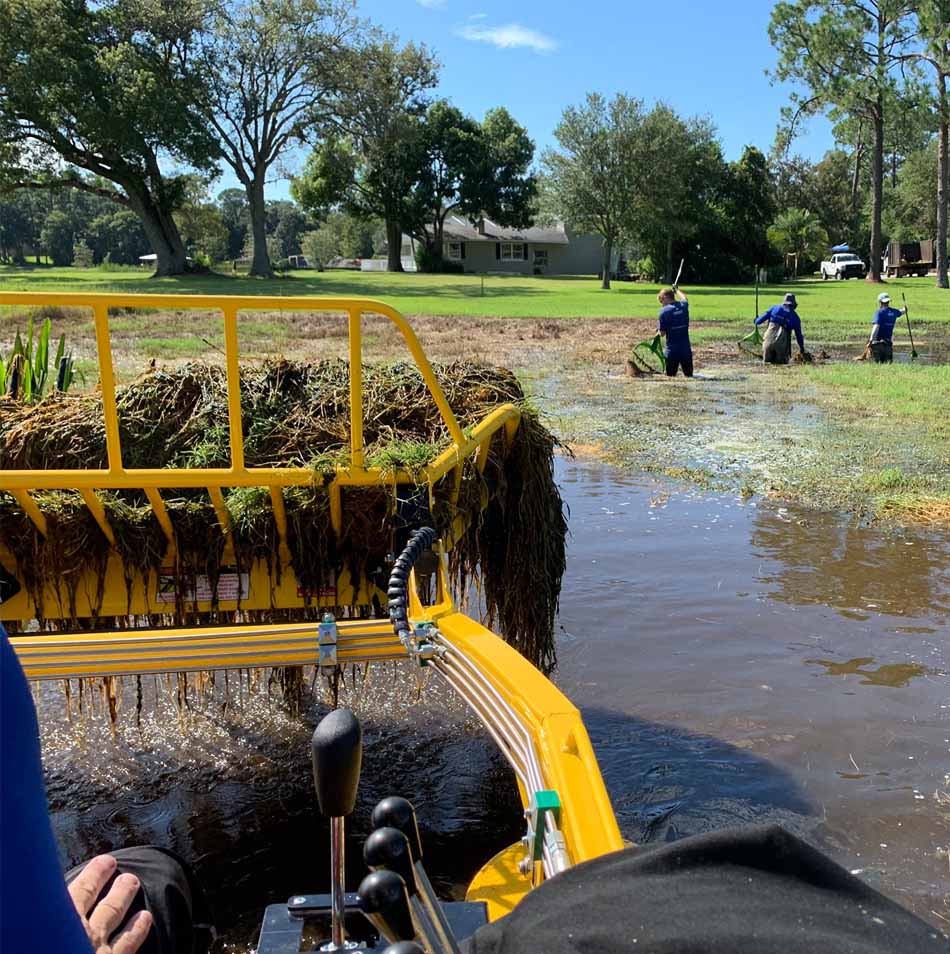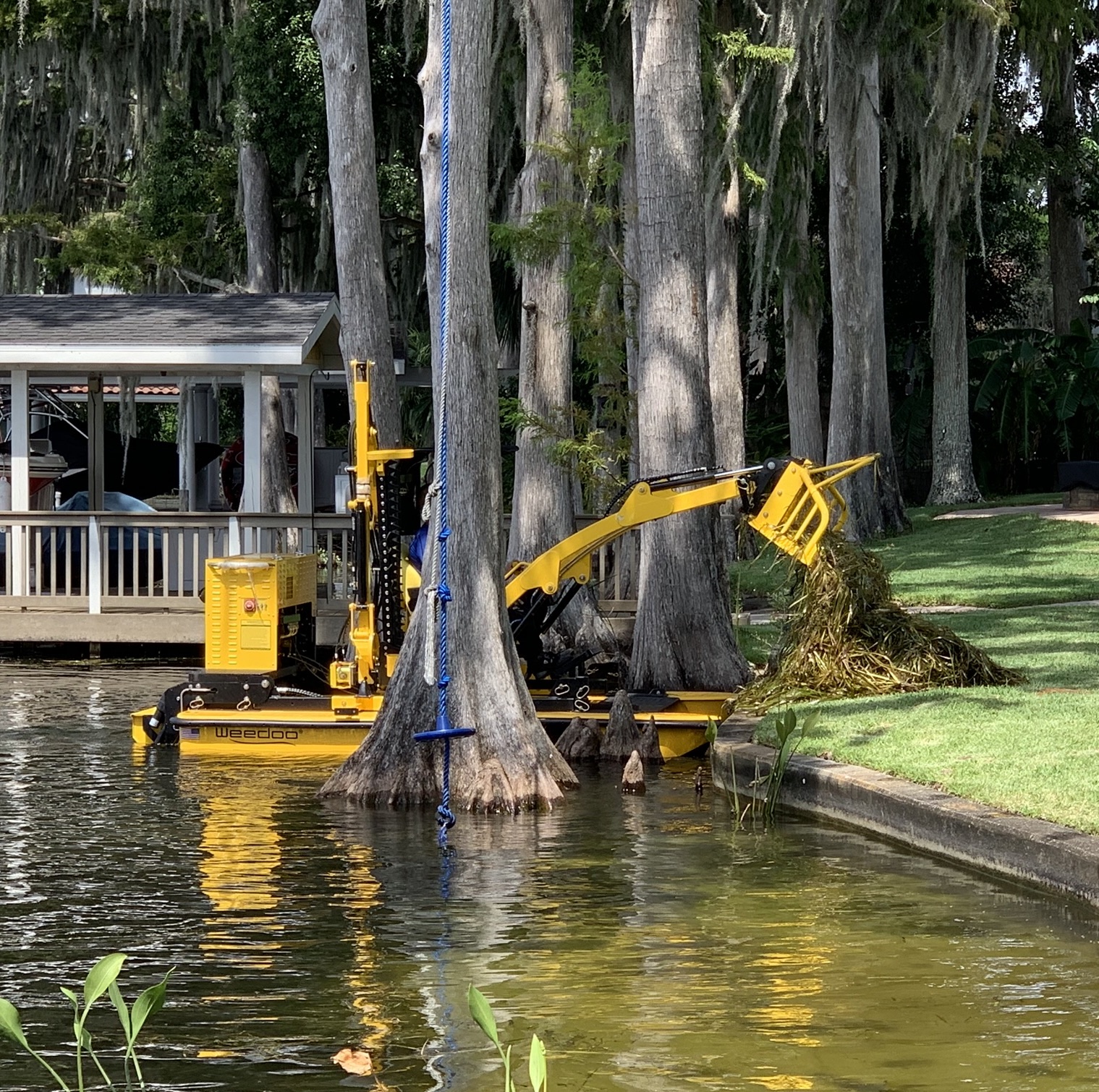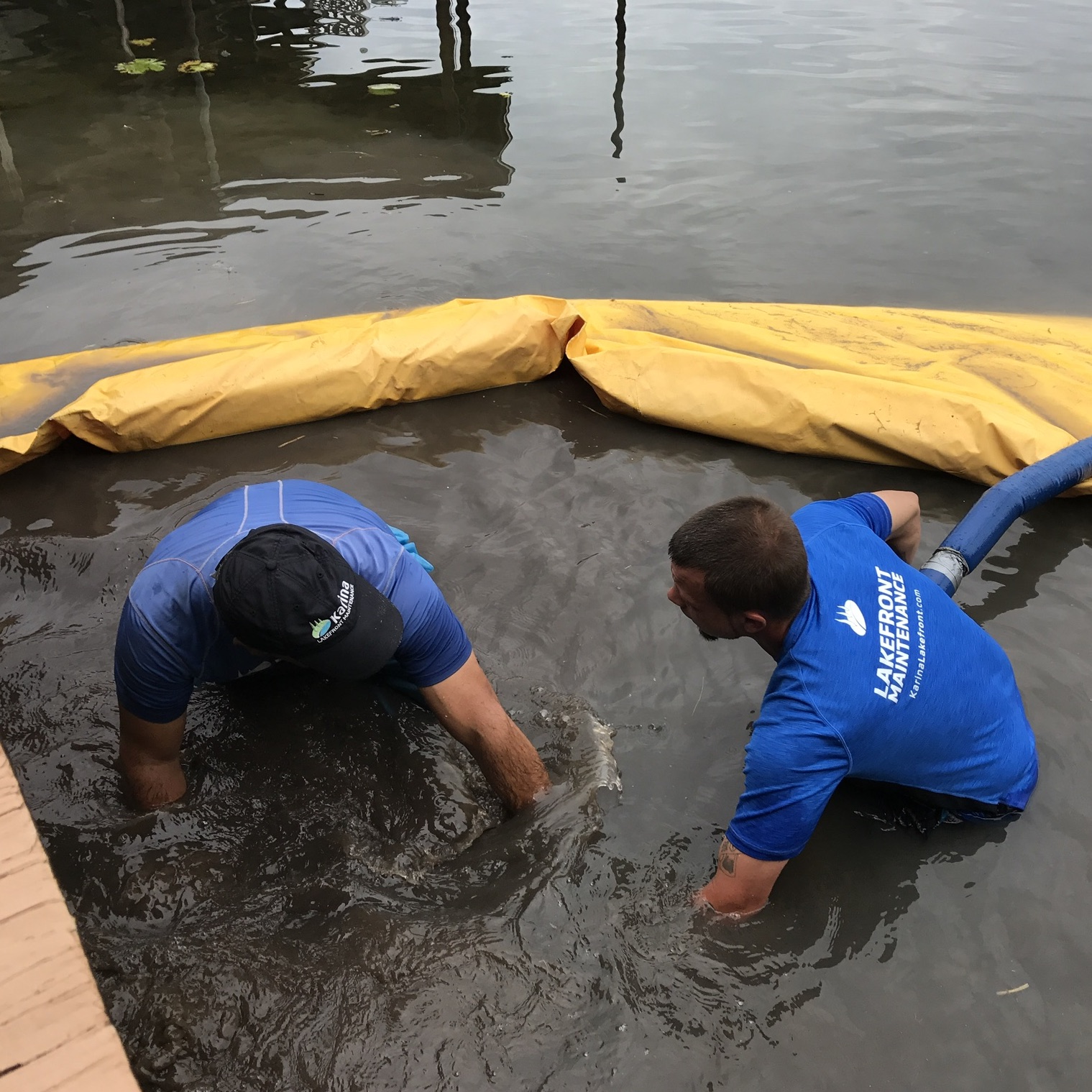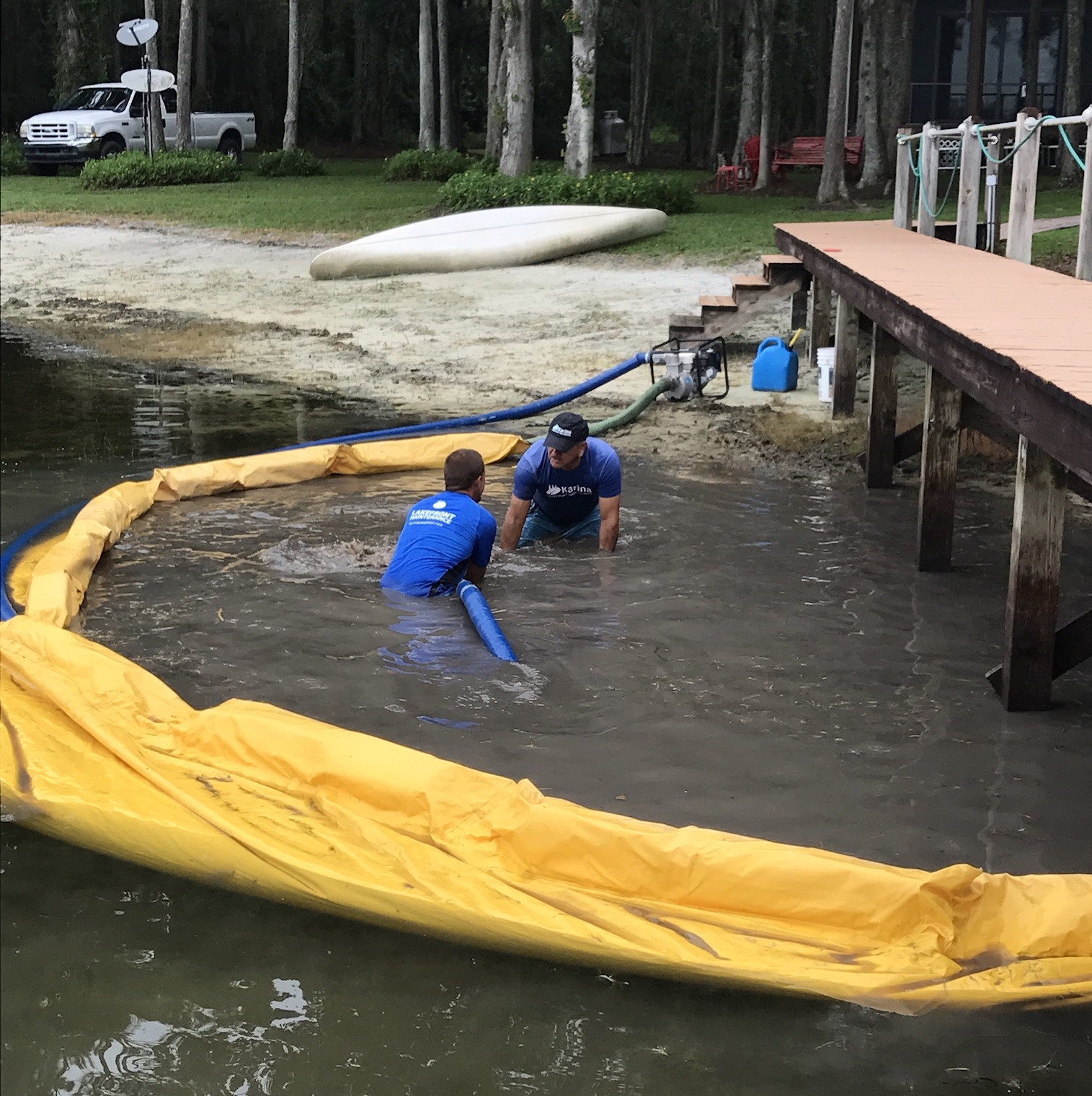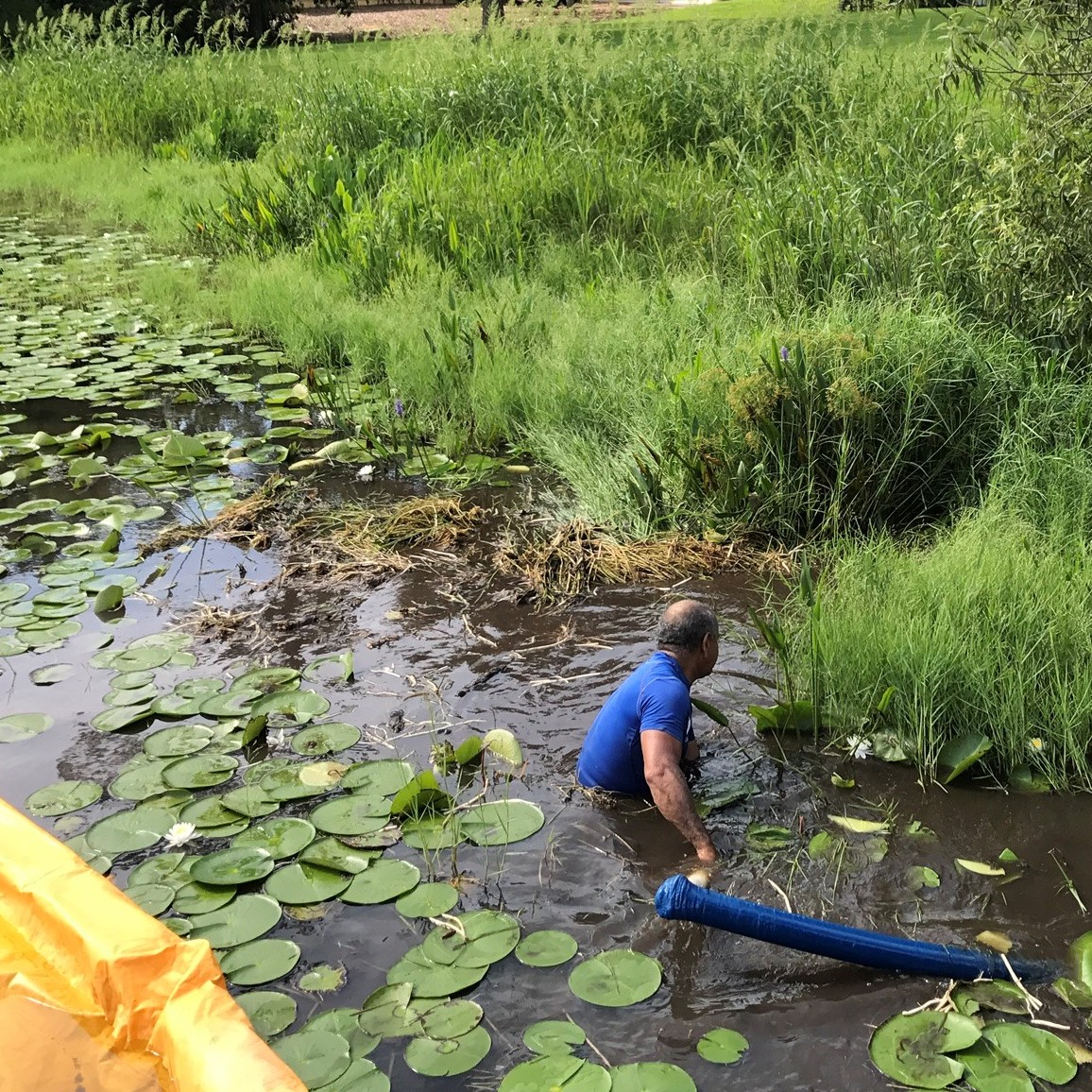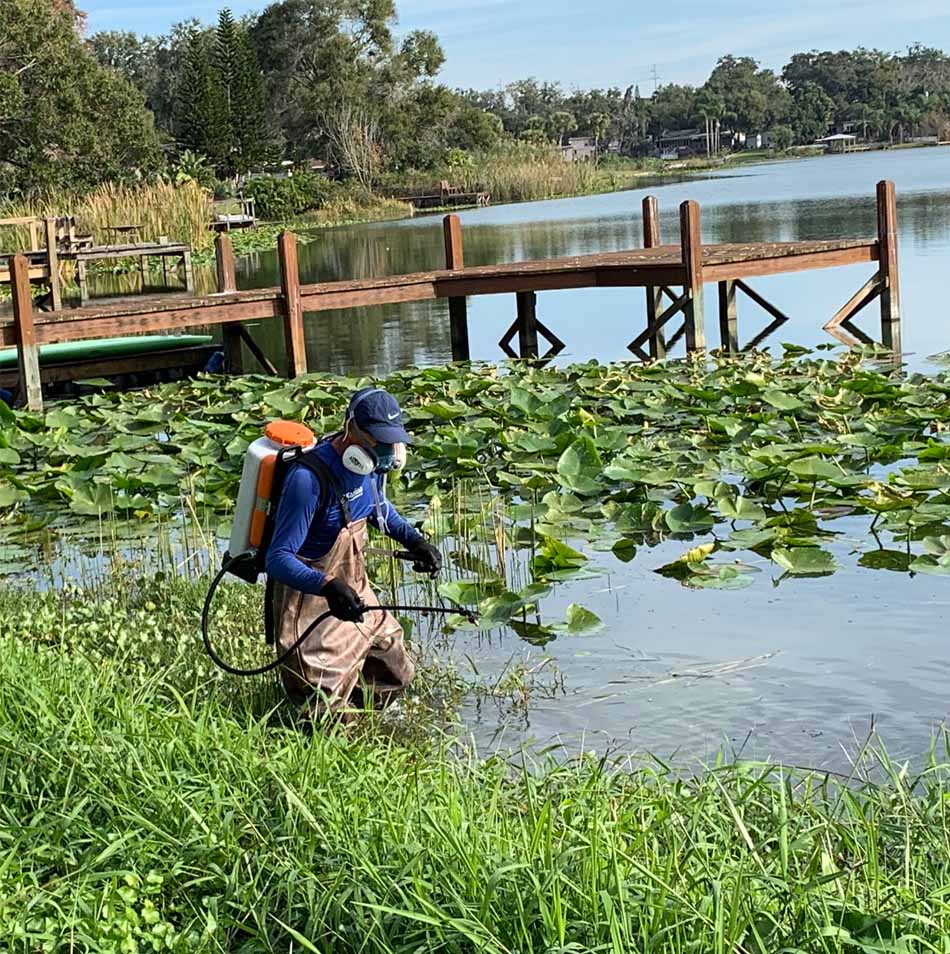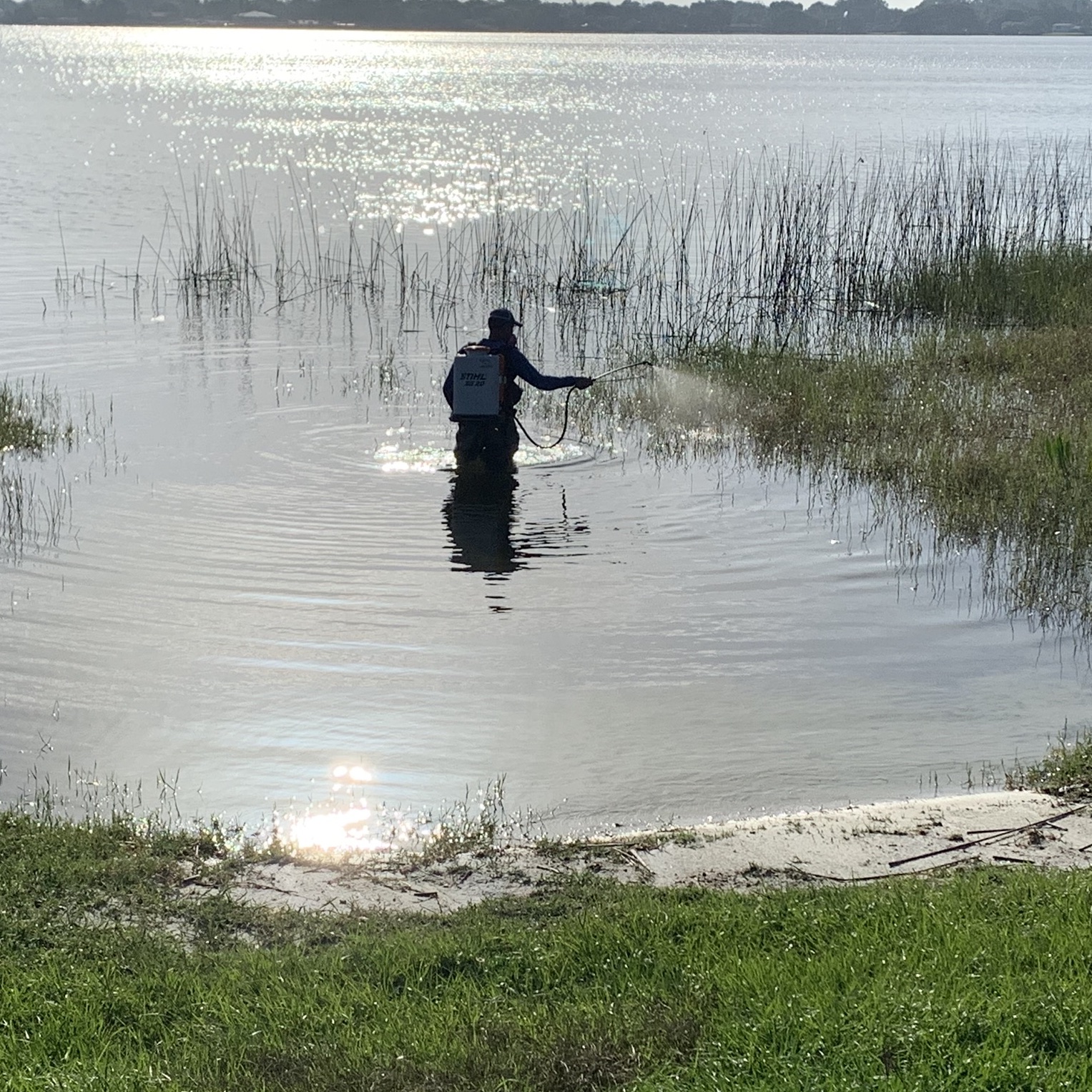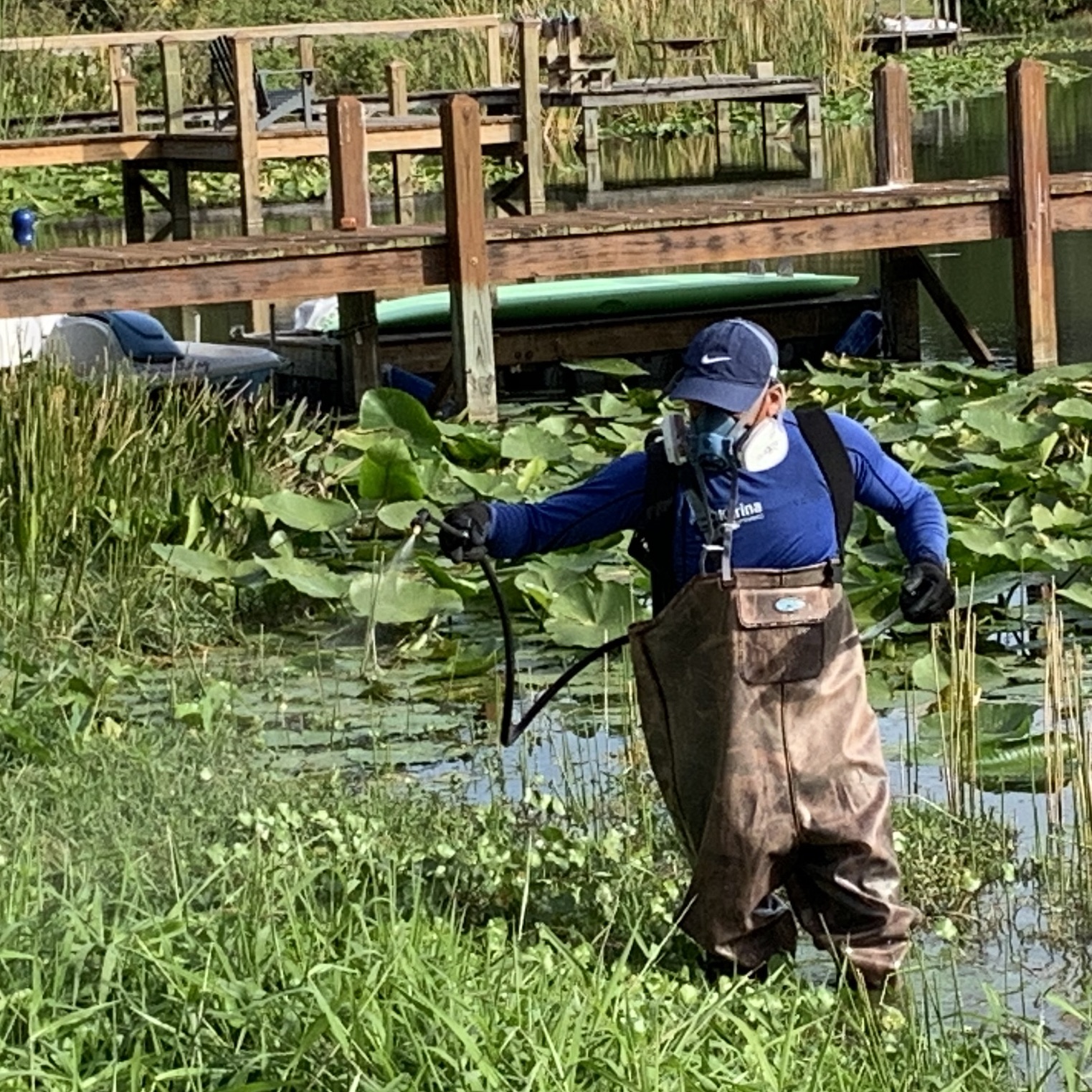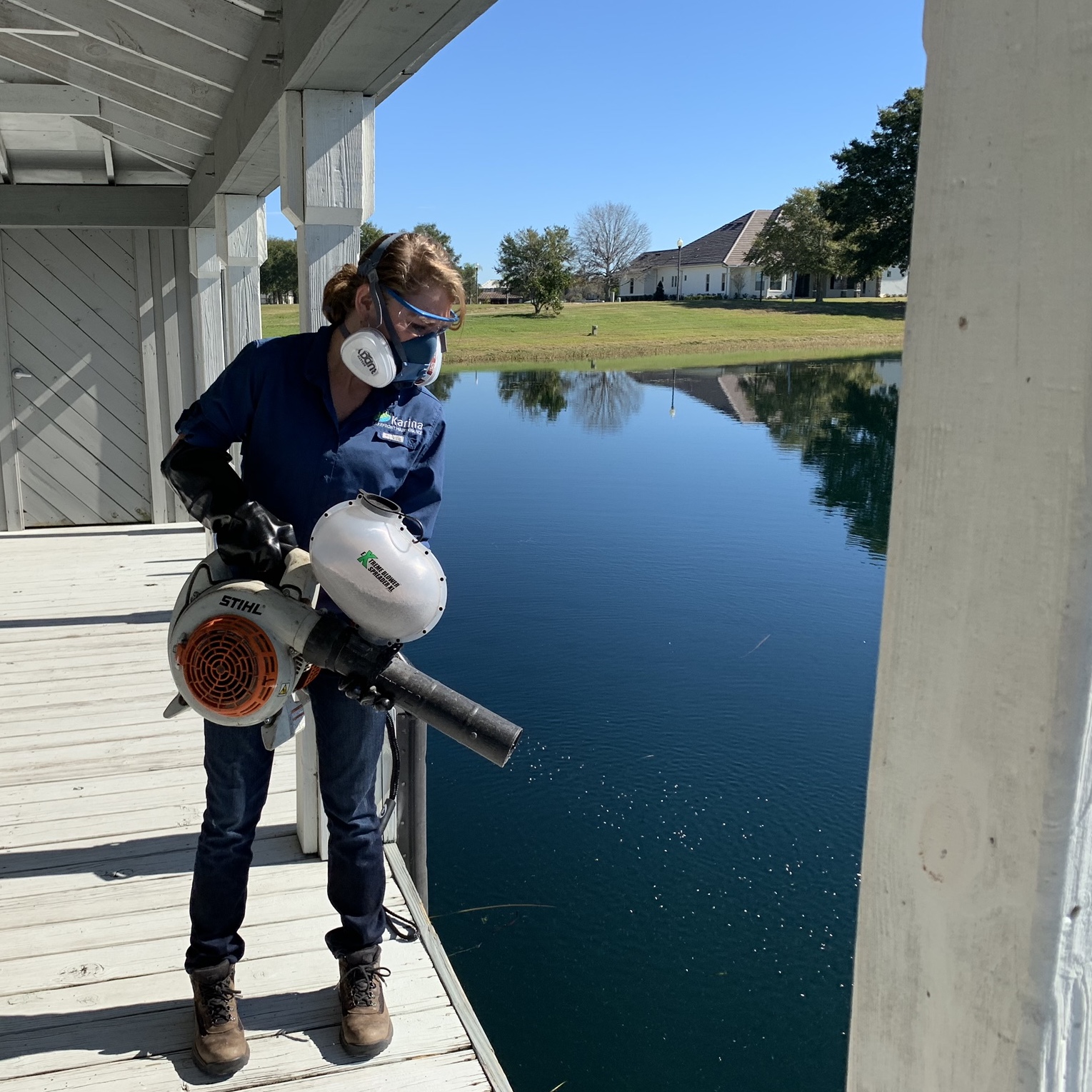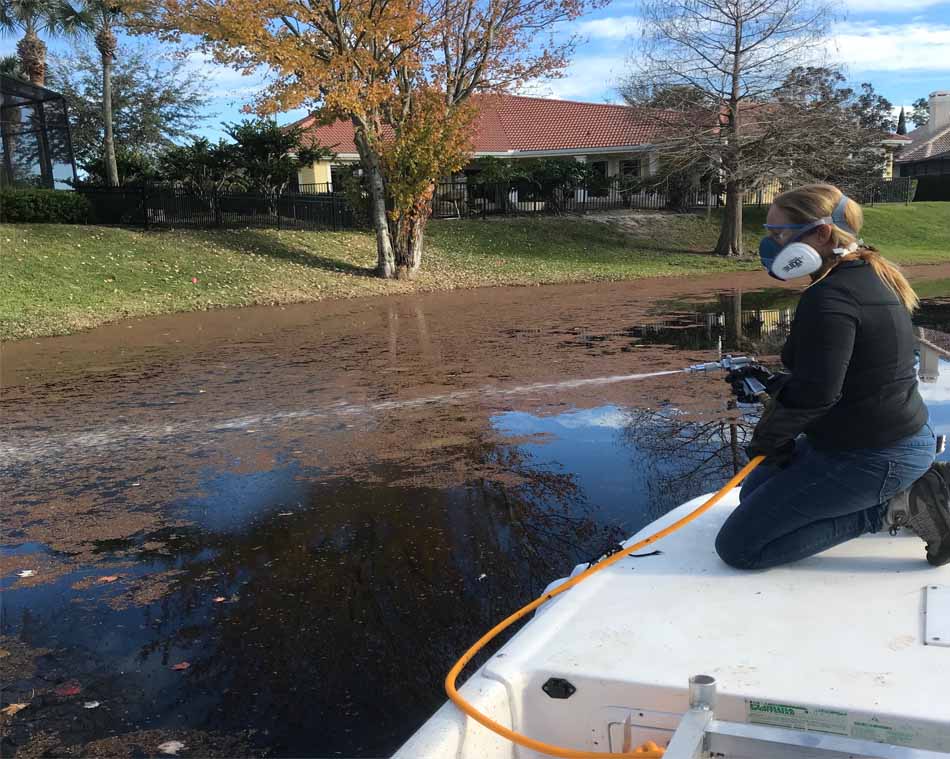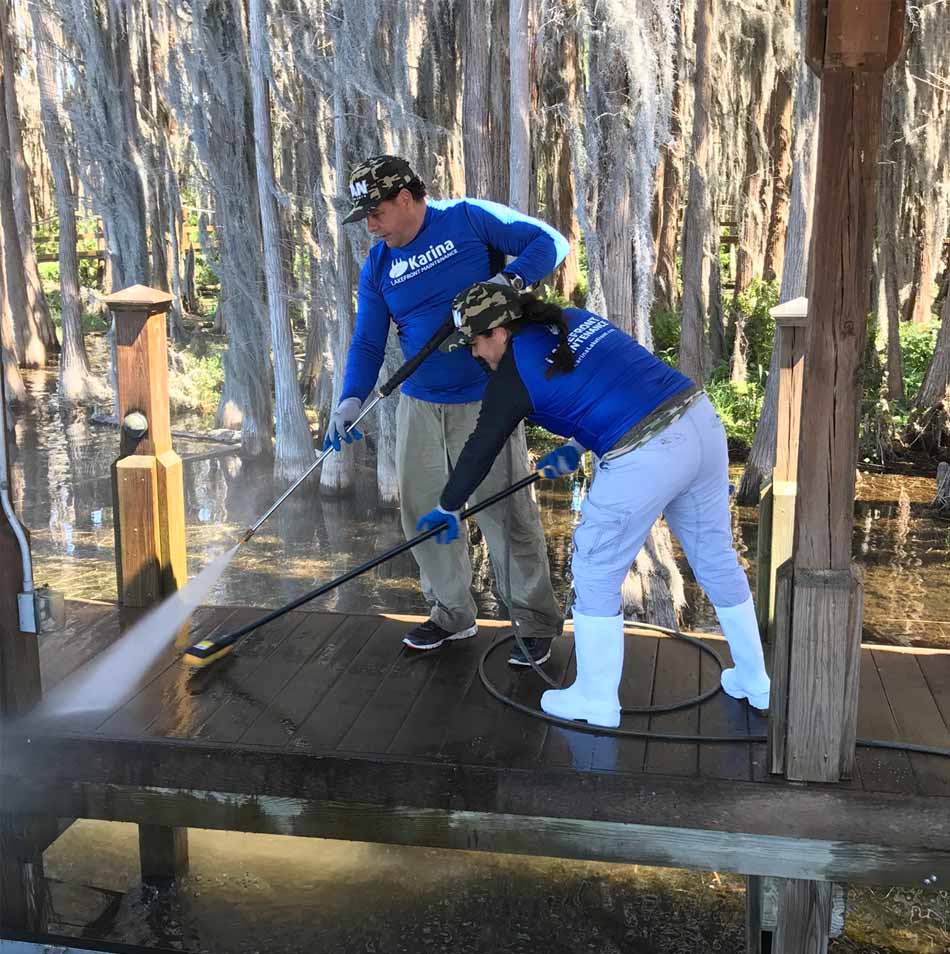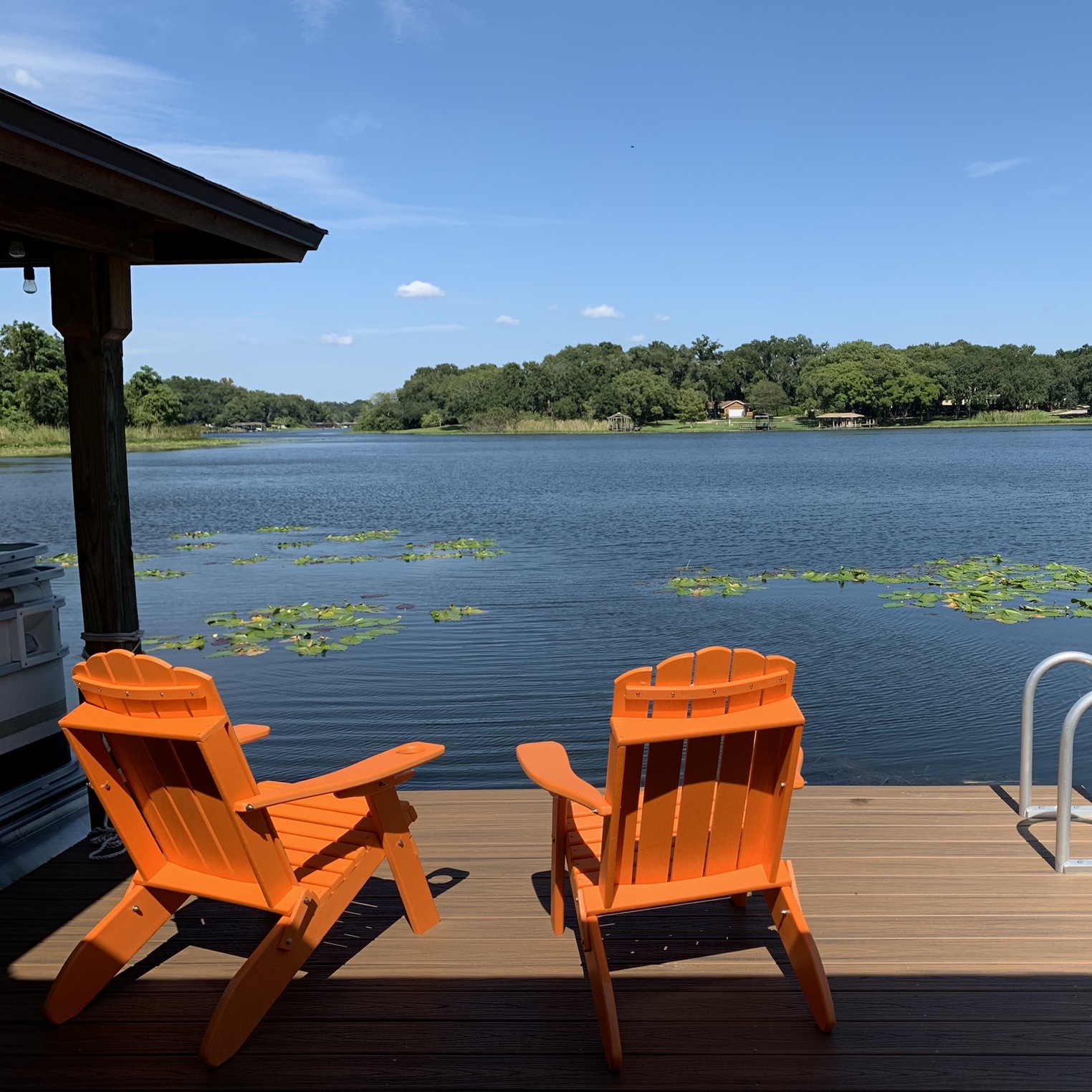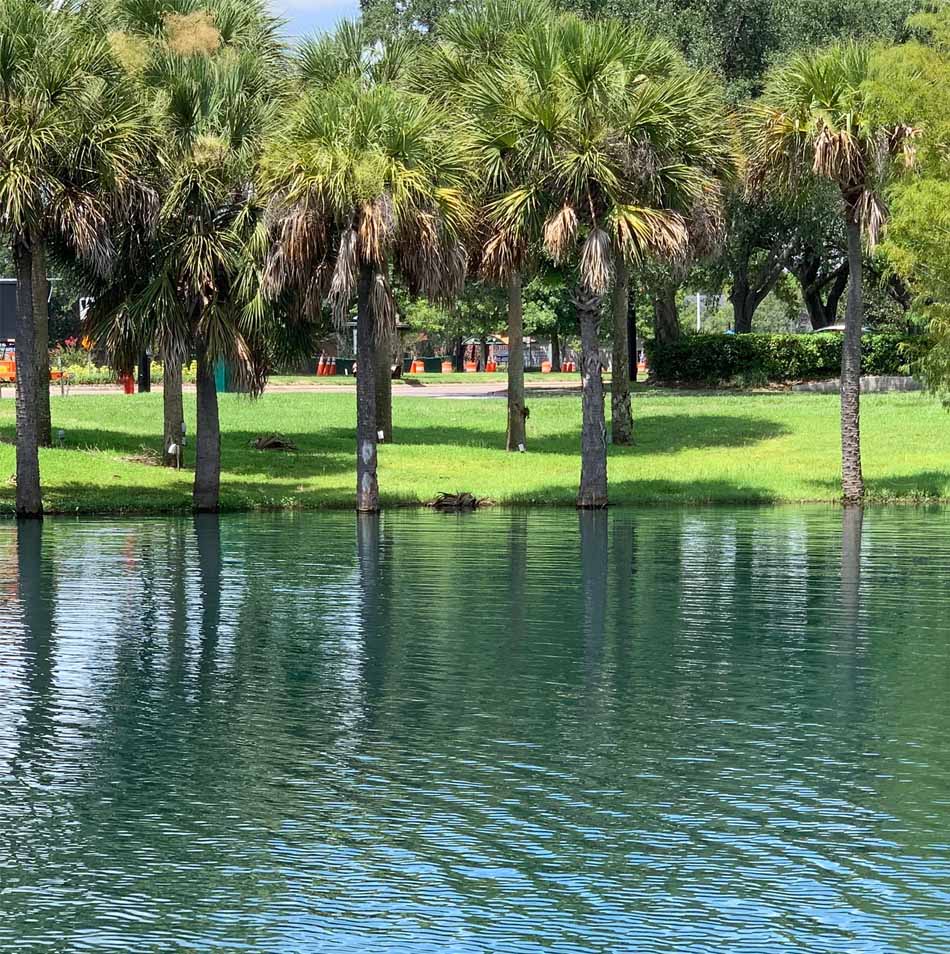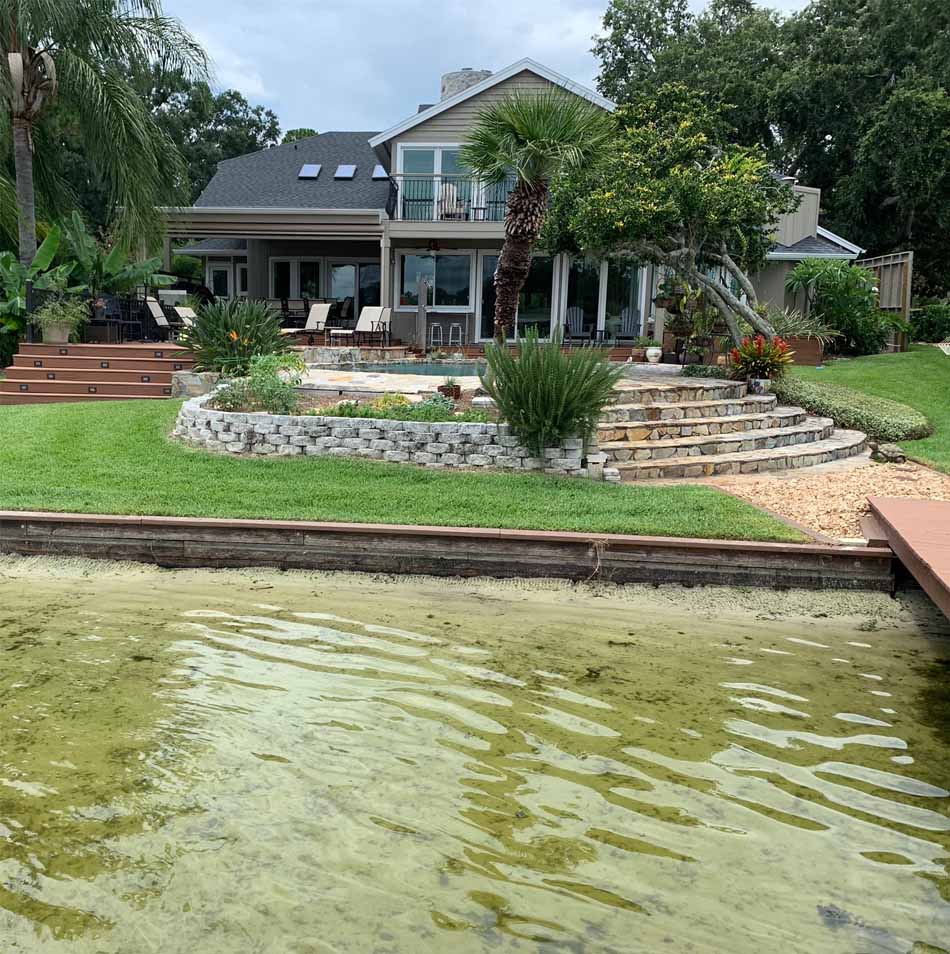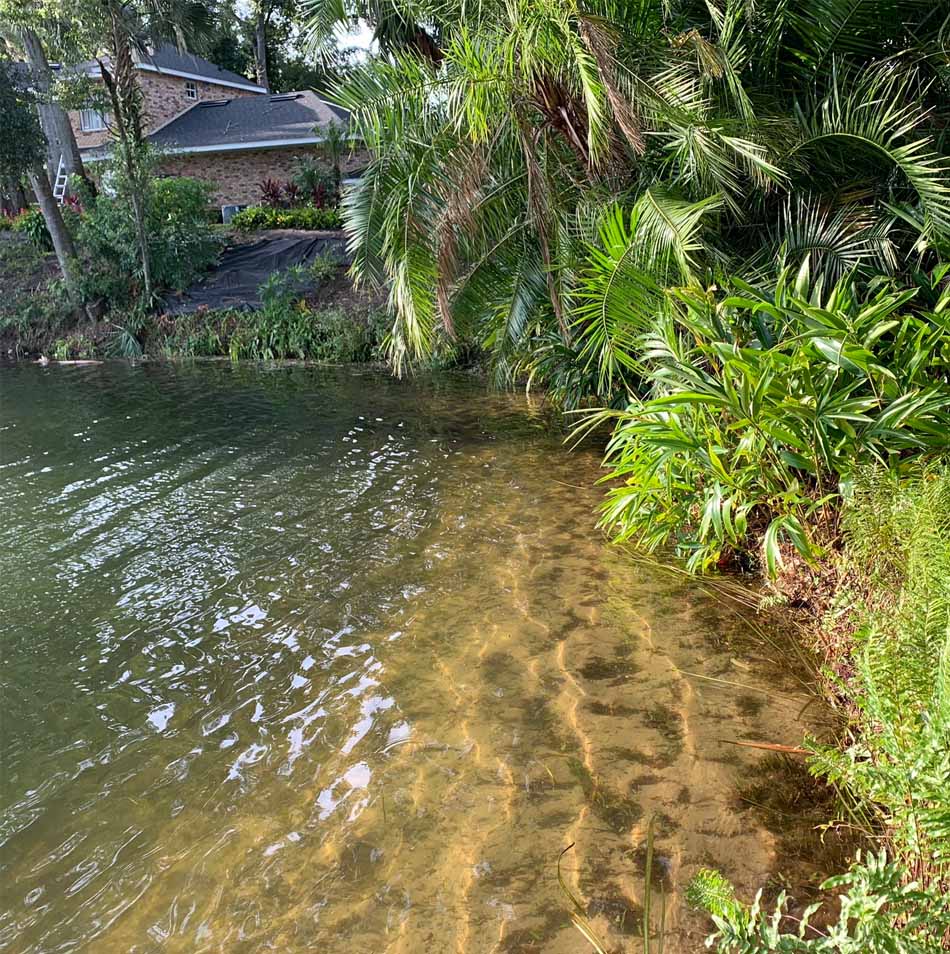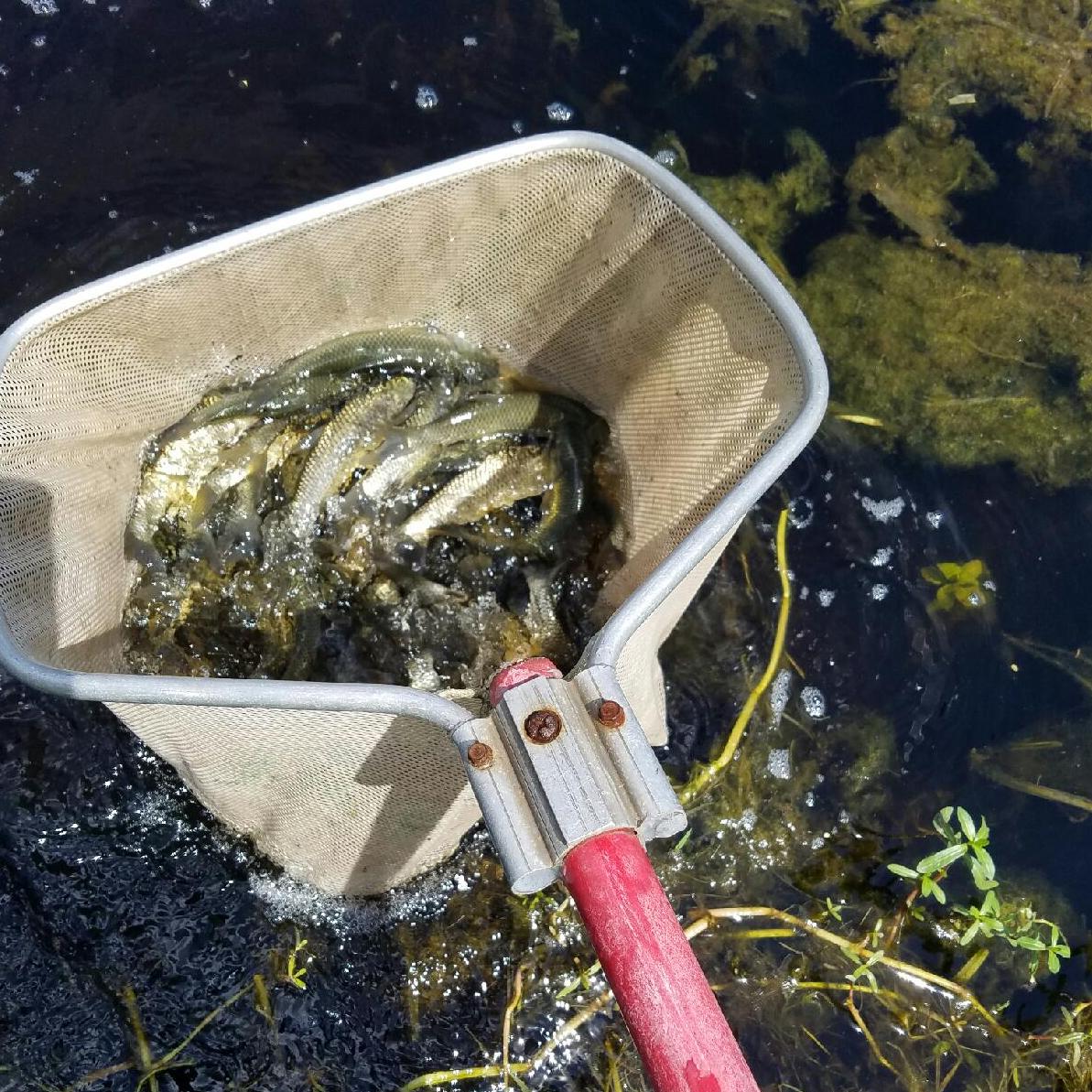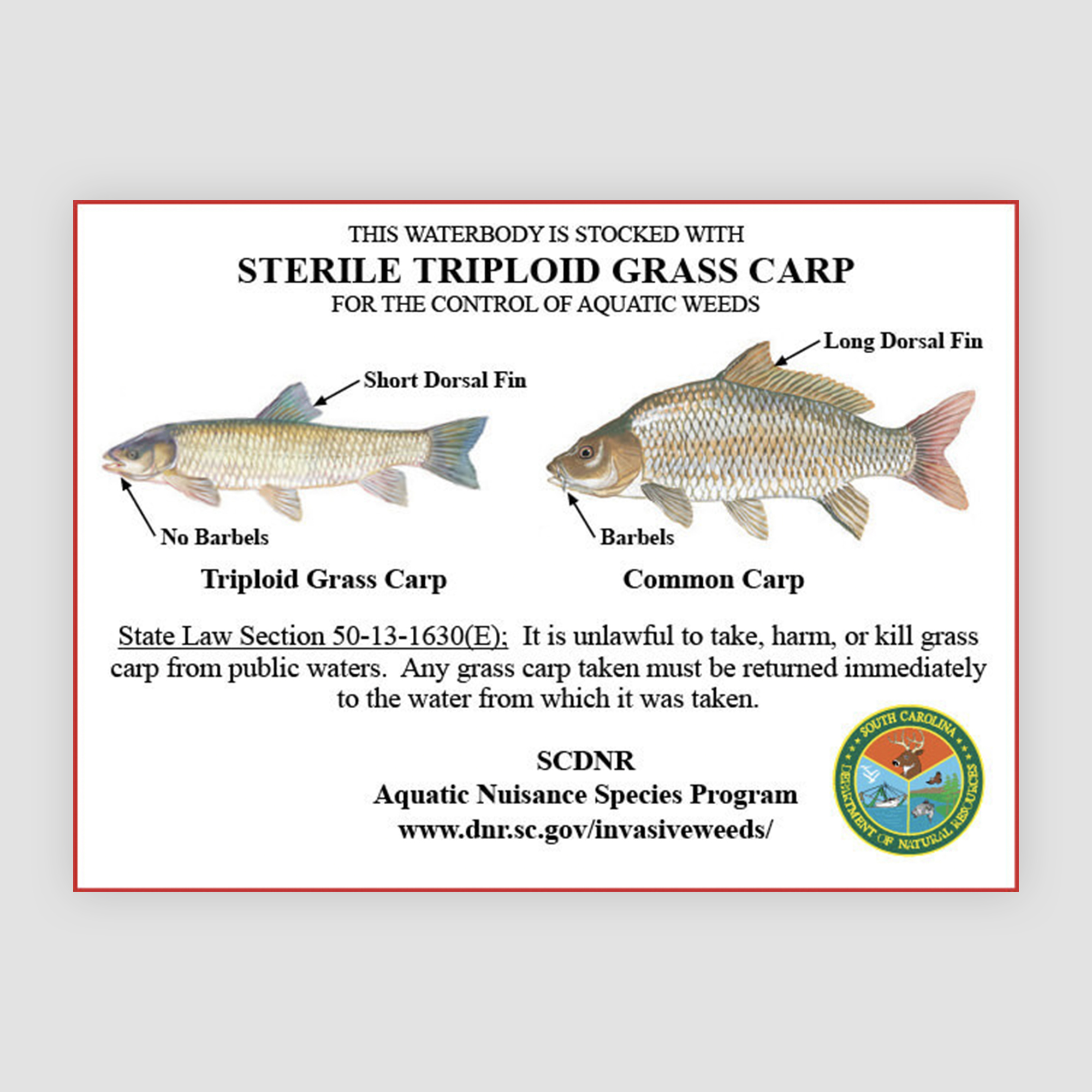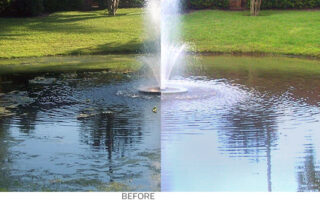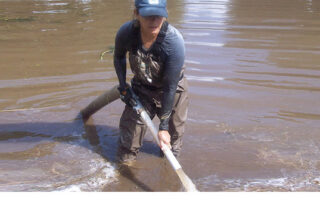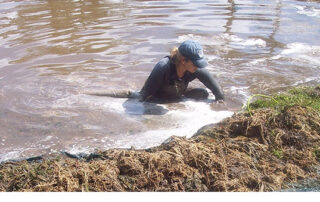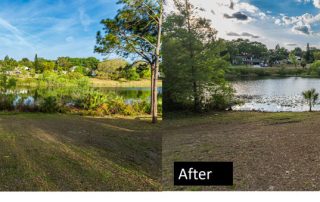Central Florida Lake Restoration
Techniques for restoration vary depending on your lake’s characteristics, property type, state regulations and existing vegetation. No two properties are alike and there is not a “one-size-fits-all” approach to your lake management.
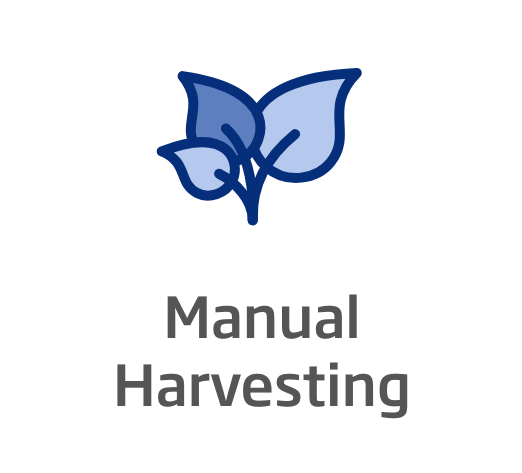
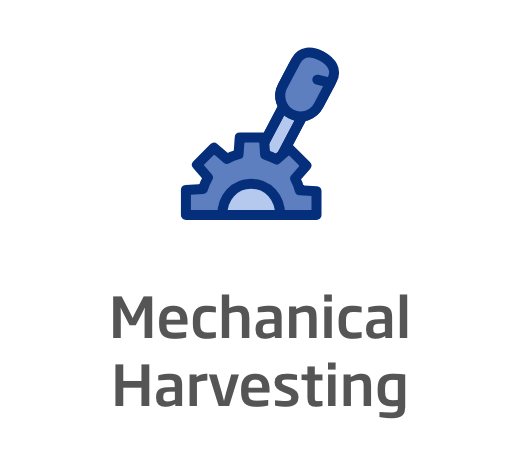
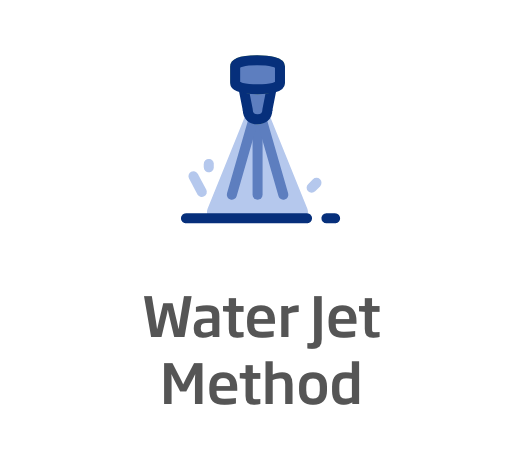
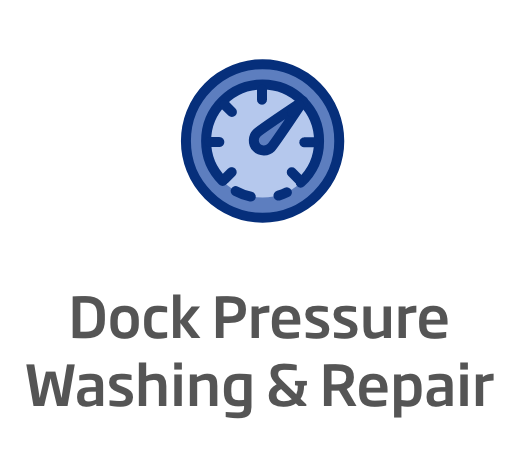
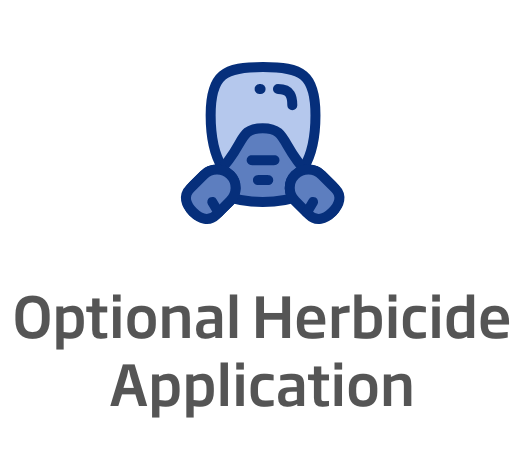

Central Florida Lake Restoration
Techniques for restoration vary depending on your lake’s characteristics, property type, state regulations and existing vegetation. No two properties are alike and there is not a “one-size-fits-all” approach to your lake management.






Introduction
The initial vegetation removal is a crucial first step in your Lake Management Program. If not done properly, continued maintenance for long term control becomes an uphill battle. We can create a customized plan tailored to your vision and budget during our consultation. This is part of our ‘First Time’ customer satisfaction commitment.
We believe that no one method of vegetation removal is better than the other. We don’t heavily rely on any one-technique but rather have adopted the belief the best way to successful lakefront restoration is an integrated plan in which different methods are applied in one specific project. This way we can be more selective, minimize re-growth of nuisance vegetation, reduce herbicide resistance, and treat underlying problems such as root systems or water imbalances.
See below for more.
Introduction
The initial vegetation removal is a crucial first step in your Lake Management Program. If not done properly, continued maintenance for long term control becomes an uphill battle. We can create a customized plan tailored to your vision and budget during our consultation. This is part of our ‘First Time’ customer satisfaction commitment.
We believe that no one method of vegetation removal is better than the other. We don’t heavily rely on any one-technique but rather have adopted the belief the best way to successful lakefront restoration is an integrated plan in which different methods are applied in one specific project. This way we can be more selective, minimize re-growth of nuisance vegetation, reduce herbicide resistance, and treat underlying problems such as root systems or water imbalances.
See below for more.
Manual Harvesting
Manual harvesting plays a critical role in the initial vegetation removal and long term management of your lake. Competitors who simply apply herbicide and do not dispose of the dead vegetation will leave you with decomposing plants, creating a shallower seafloor. This can also affect the quality of the water, clarity, nutrient composition, and generate a “muck” layer along the shoreline.
By restoring your lakefront’s natural ecosystem, you’ll see an increase in health and see your lakefront property begin to thrive. Our professional staff knows how to restore ruined ecosystems effectively and safely without endangering your lake’s wildlife in the process.
Our staff is trained to selectively remove nuisance vegetation. We can discuss which plants are native and/or beneficial to improve your lake’s ecosystem or comply with regulatory agencies.
Manual Harvesting
Manual harvesting plays a critical role in the initial vegetation removal and long term management of your lake. Competitors who simply apply herbicide and do not dispose of the dead vegetation will leave you with decomposing plants, creating a shallower seafloor. This can also affect the quality of the water, clarity, nutrient composition, and generate a “muck” layer along the shoreline.
By restoring your lakefront’s natural ecosystem, you’ll see an increase in health and see your lakefront property begin to thrive. Our professional staff knows how to restore ruined ecosystems effectively and safely without endangering your lake’s wildlife in the process.
Our staff is trained to selectively remove nuisance vegetation. We can discuss which plants are native and/or beneficial to improve your lake’s ecosystem or comply with regulatory agencies.
Mechanical Harvesting
Every year, lakes are plagued with invasive plant species such as hydrilla, milfoil, and water hyacinth. Lake weed control is important. These plants can be difficult to remove and overtake your lake’s natural plant life. Lakefront homeowners battle these aquatic weeds in a variety of ways but may not always be successful in removing the species and accidentally cause further propagation of the specie.
Mechanical harvesting of the nuisance vegetation is the most convenient and fastest way to remove vegetation on your lakeshore. We utilize our harvester boats equipped with cutting, pulling, raking, and collecting tools. Jobs with the Harvester are recommended for removal of submerged and emerged vegetation in sections greater than 40ft, whole waterbody solutions, or for hard to remove rooted or tall vegetation. Depending on your goals for your lake, we’ll recommend different cutting widths and onboard storage options for your mechanical harvester.
Although we do recommend herbicide application prior to vegetation removal for longer-lasting effects and suppression of seedlings, the mechanical removal of vegetation can be done with or without a prior herbicide application for those who try to take the more eco-friendly approach.
The most important step in vegetation removal is to collect the debris after it has been cut. When dead vegetation is left on the shoreline, it causes a steep decline in dissolved O2 in the water which may harm the fish and creates nutrient availability for other nuisance vegetation or seeds to thrive. In many cases this dead organic material becomes muck on your shoreline and emits unpleasant smells.
Mechanical Harvesting
Every year, lakes are plagued with invasive plant species such as hydrilla, milfoil, and water hyacinth. Lake weed control is important. These plants can be difficult to remove and overtake your lake’s natural plant life. Lakefront homeowners battle these aquatic weeds in a variety of ways but may not always be successful in removing the species and accidentally cause further propagation of the specie.
Mechanical harvesting of the nuisance vegetation is the most convenient and fastest way to remove vegetation on your lakeshore. We utilize our harvester boats equipped with cutting, pulling, raking, and collecting tools. Jobs with the Harvester are recommended for removal of submerged and emerged vegetation in sections greater than 40ft, whole waterbody solutions, or for hard to remove rooted or tall vegetation. Depending on your goals for your lake, we’ll recommend different cutting widths and onboard storage options for your mechanical harvester.
Although we do recommend herbicide application prior to vegetation removal for longer-lasting effects and suppression of seedlings, the mechanical removal of vegetation can be done with or without a prior herbicide application for those who try to take the more eco-friendly approach.
The most important step in vegetation removal is to collect the debris after it has been cut. When dead vegetation is left on the shoreline, it causes a steep decline in dissolved O2 in the water which may harm the fish and creates nutrient availability for other nuisance vegetation or seeds to thrive. In many cases this dead organic material becomes muck on your shoreline and emits unpleasant smells.
Water Jet Method
In this labor-intensive technique, high-pressure jets are utilized to remove
most of the existing root systems under the sand. It is usually recommended
for areas of recreational purpose or with high foot traffic.
If you’ve noticed your lake has issues with mucky bottoms or low clarity,
this is an efficient method to clear it out. Most of the time it can produce
a white sandy bottom free of vegetation, muck, and debris.
The success of the technique will depend on the composition of your lake
bottom and it is not applicable to all properties. We can discuss this
option with you on your first-time visit.
Water Jet Method
In this labor-intensive technique, high-pressure jets are utilized to remove
most of the existing root systems under the sand. It is usually recommended
for areas of recreational purpose or with high foot traffic.
If you’ve noticed your lake has issues with mucky bottoms or low clarity,
this is an efficient method to clear it out. Most of the time it can produce
a white sandy bottom free of vegetation, muck, and debris.
The success of the technique will depend on the composition of your lake
bottom and it is not applicable to all properties. We can discuss this
option with you on your first-time visit.
Licensed Herbicide Application
The decision to use herbicide is not one that we take lightly. We are ecologically responsible and understand the impact of herbicides in our ecosystem. The state-sanctioned aquatic herbicides are selectively applied to nuisance vegetation by one of our specialized and certified technicians. We generally recommend applying herbicide before the first vegetation removal to eradicate root systems and make the cleaning easier, it also decreased the chances of accidentally spreading the nuisance vegetation to grab hold in other parts of the lake and creates a longer lasting vegetation free area.
Your project can still be carried out without herbicide but generally speaking, the vegetation may re-emerge or grow back faster. Before applying herbicide, our technicians will discuss the application with you and the alternative options, should you prefer not to use them. The herbicide to be applied will be selected after consideration of the ecosystem and lake or pond characteristics. We will follow all recommendations and guidelines to reduce the impact on the environment and organisms. Contrary to popular belief, most aquatic herbicides are strictly regulated and safe for animals and humans.
We strictly follow all EPA / Florida Fish
and Wildlife regulations.
Licensed Herbicide Application
The decision to use herbicide is not one that we take lightly. We are ecologically responsible and understand the impact of herbicides in our ecosystem. The state-sanctioned aquatic herbicides are selectively applied to nuisance vegetation by one of our specialized and certified technicians. We generally recommend applying herbicide before the first vegetation removal to eradicate root systems and make the cleaning easier, it also decreased the chances of accidentally spreading the nuisance vegetation to grab hold in other parts of the lake and creates a longer lasting vegetation free area.
Your project can still be carried out without herbicide but generally speaking, the vegetation may re-emerge or grow back faster. Before applying herbicide, our technicians will discuss the application with you and the alternative options, should you prefer not to use them. The herbicide to be applied will be selected after consideration of the ecosystem and lake or pond characteristics. We will follow all recommendations and guidelines to reduce the impact on the environment and organisms. Contrary to popular belief, most aquatic herbicides are strictly regulated and safe for animals and humans.
We strictly follow all EPA / Florida Fish
and Wildlife regulations.
Dock Pressure Washing and Repair
Your lakefront restoration wouldn’t be complete without dock
repair and cleaning. Since docks are continuously subjected
to moisture, they can often become hosts to algae, mold,
mussels, or other common marine organisms.
We have a dedicated and experienced team that provides pressure
washing and dock repairs. These include Replacement of
floorboards, re-staining, painting, and in-depth pressure
washing services. No matter the size of your dock, we’re here to help.
Dock Pressure Washing and Repair
Your lakefront restoration wouldn’t be complete without dock repair and cleaning. Since docks are continuously subjected to moisture, they can often become hosts to algae, mold, mussels, or other common marine organisms.
We have a dedicated and experienced team that provides pressure washing and dock repairs. These include Replacement of floorboards, re-staining, painting, and in-depth pressure washing services. No matter the size of your dock, we’re here to help.
Water quality testing
The quality of your lake can be the reason for underlying algae control issues, and detriment of aquatic plants and ecosystems. If you are interested in learning more about the current qualities of your lake or pond, one of our experienced biologists can measure and help you understand important values of Ph, Orthophosphates, Nitrates, Temperature, Turbidity.
Water quality testing
The quality of your lake can be the reason for underlying algae control issues, and detriment of aquatic plants and ecosystems. If you are interested in learning more about the current qualities of your lake or pond, one of our experienced biologists can measure and help you understand important values of Ph, Orthophosphates, Nitrates, Temperature, Turbidity.
Biological Controls
The introduction of Triploid Grass Carp is a common technique for the management of certain nuisance species, such as Hydrilla. They provide long term, efficient control, and eco-friendly solution. Triploid grass carp cannot reproduce and are tightly regulated by the state. They are sold by certified fisheries and can only be purchased with a state permit.
We can handle the permit processing, establish the fish barriers so that your lake becomes a close system, delivery, and monitor the fish. Although this is generally an option for sole owners of water bodies or HOA’s, the option can be discussed with you during your first-time visit.
Biological Controls
The introduction of Triploid Grass Carp is a common technique for the management of certain nuisance species, such as Hydrilla. They provide long term, efficient control, and eco-friendly solution. Triploid grass carp cannot reproduce and are tightly regulated by the state. They are sold by certified fisheries and can only be purchased with a state permit.
We can handle the permit processing, establish the fish barriers so that your lake becomes a close system, delivery, and monitor the fish. Although this is generally an option for sole owners of water bodies or HOA’s, the option can be discussed with you during your first-time visit.
